- Good performance and economy
- Smooth plug-in hybrid drivetrain
- PHEV drivetrain adds little compromise
- Expensive to buy and service
- Slow 3.7kW peak charging speed
- Now the only 508 drivetrain on offer
We’re big fans of the Peugeot 508 here at DiscoverAuto, and for good reason, in our opinion. It looks fantastic, it drives quite well, its interior is excellent quality and reasonably practical and it’s quite well equipped with a long list of standard equipment. It doesn’t sell in huge numbers locally and we wish that were different because it deserves to sell way better than it does. Recently, Peugeot Australia has changed the local 508 lineup and it’s now only available as a plug-in hybrid, which makes it the only PHEV wagon on the market. Is the 2023 Peugeot 508 GT Sportswagon Plug-In Hybrid worth consideration? Let’s find out.
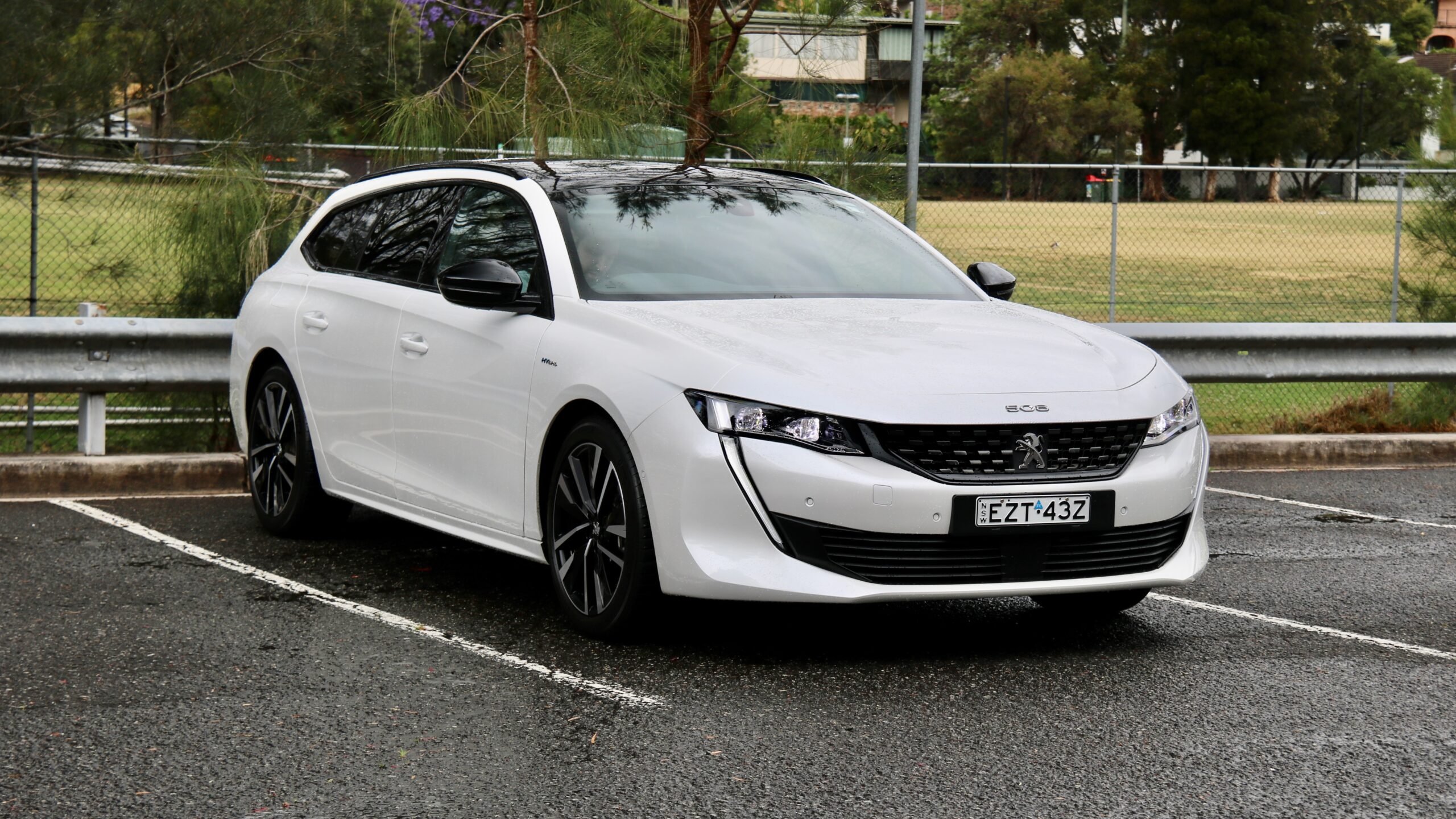
How much does the 2023 Peugeot 508 GT Sportswagon PHEV cost to buy?
Recently, Peugeot Australia killed the regular petrol 508 variants and now only the plug-in hybrids are offered, including this new wagon variant. That move meant that the price of entry to the 508 range climbed significantly from the $60,000 range to almost $90,000 drive away. According to the Peugeot Australia website, there are still some non-hybrid 508 GT models in stock. The PHEV is priced from $82,915 plus on-road costs, or around $89,500 drive away, depending on location.
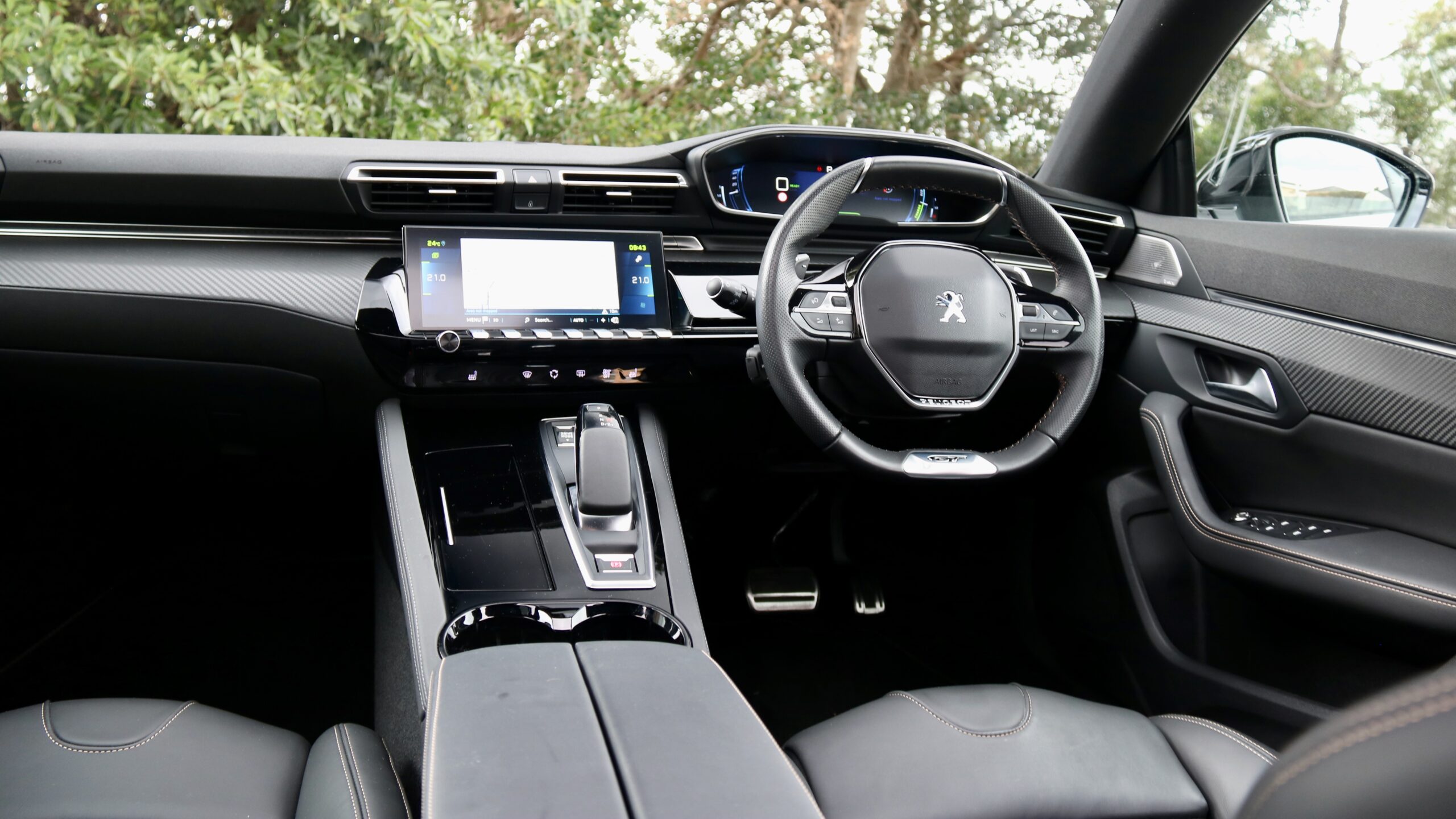
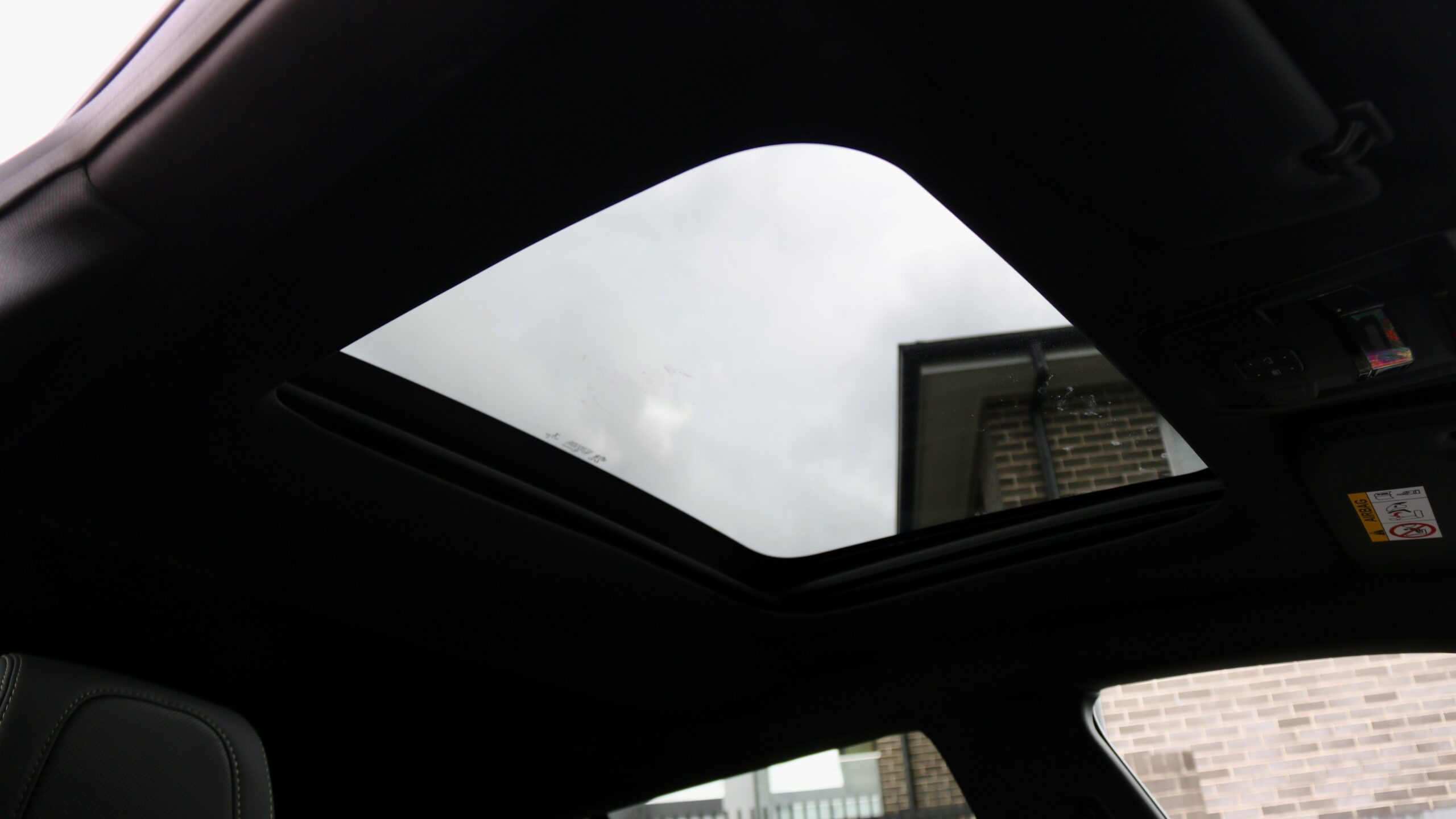
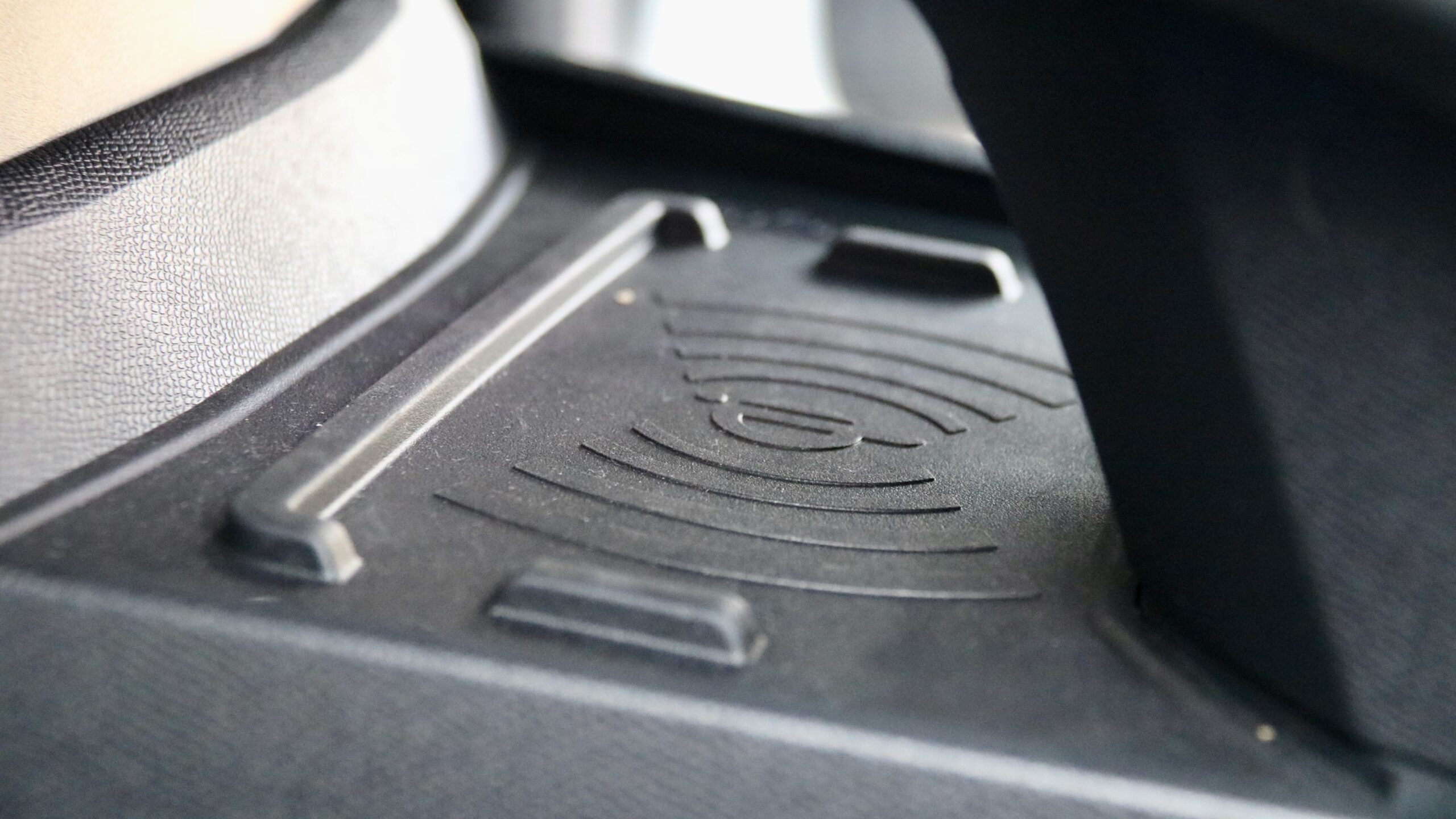
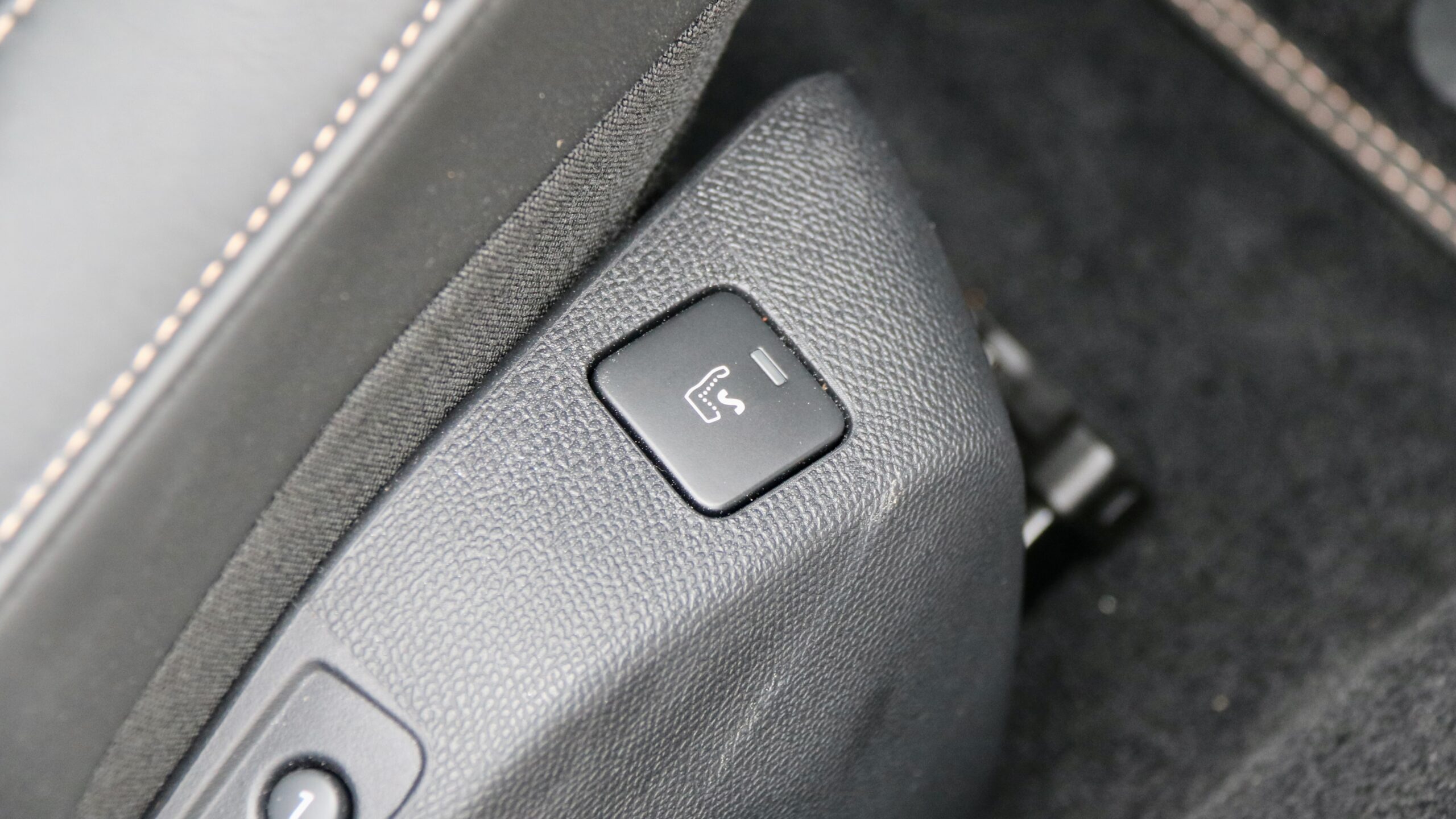
Standard equipment on the 508 GT PHEV Sportswagon includes:
- 18-inch alloy wheels with a tyre repair kit
- Adaptive suspension
- Automatic dusk- and rain-sensing LED exterior lighting
- Front and rear LED daytime running lights
- Automatic wipers
- Keyless entry and push button start
- Electric tailgate with kick-to-open functionality
- Roof rails
- Rear privacy glass
- Heated and auto-folding mirrors that automatically drop in reverse
- Nappa leather upholstery with a leather steering wheel with paddle shifters
- 12-way electrically adjustable front seats with massaging functionality
- Heated front seats
- Dual-zone climate control with rear air vents
- Rear centre armrest with cup holders
- 10.25-inch digital driver’s display
- 10-inch touchscreen
- Satellite navigation
- AM/FM/DAB+ digital radio
- Wired Apple CarPlay and Android Auto
- 690-watt 10-speaker Focal sound system with a subwoofer
- Wireless phone charger
- 4x USB-A ports
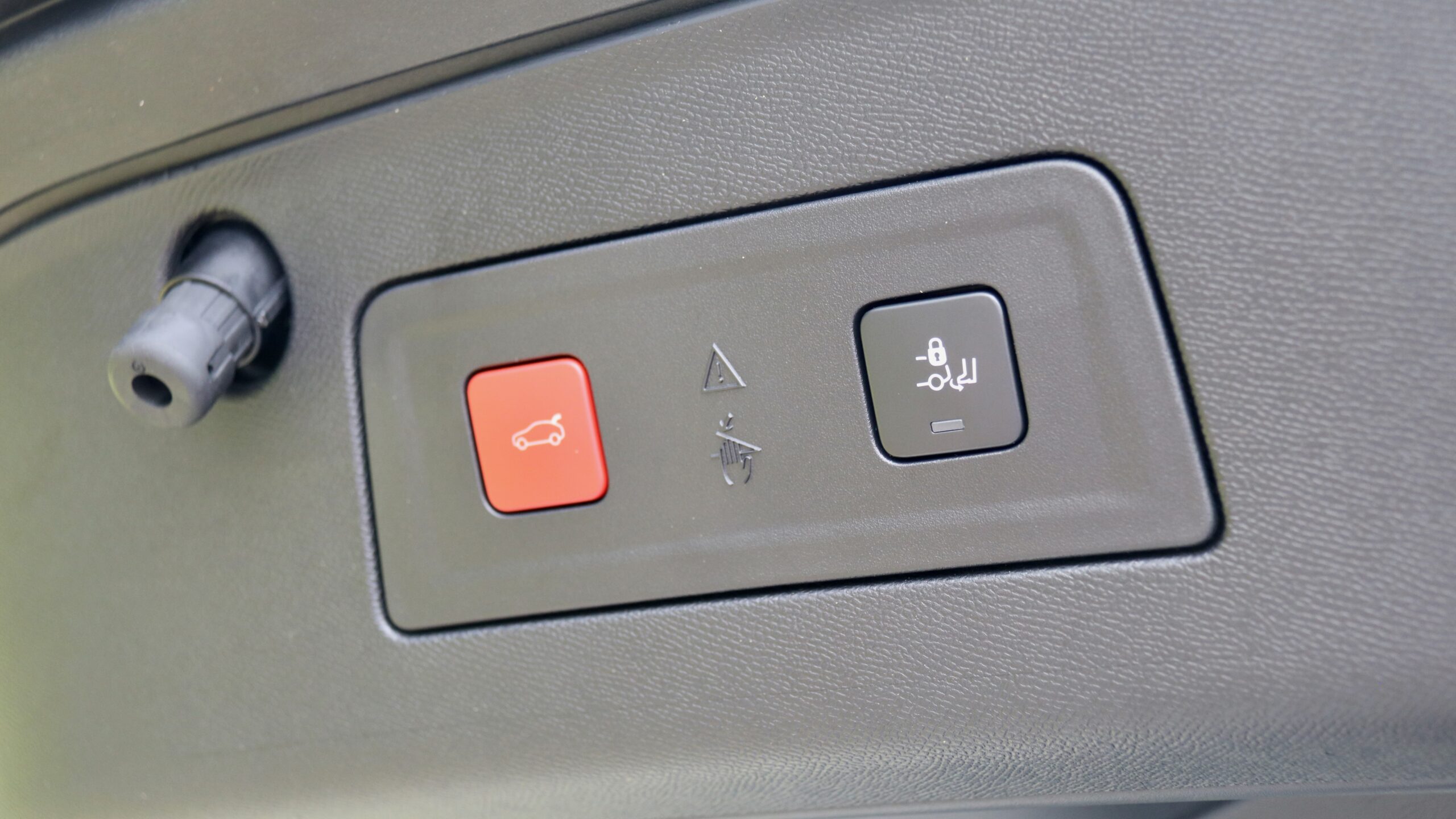
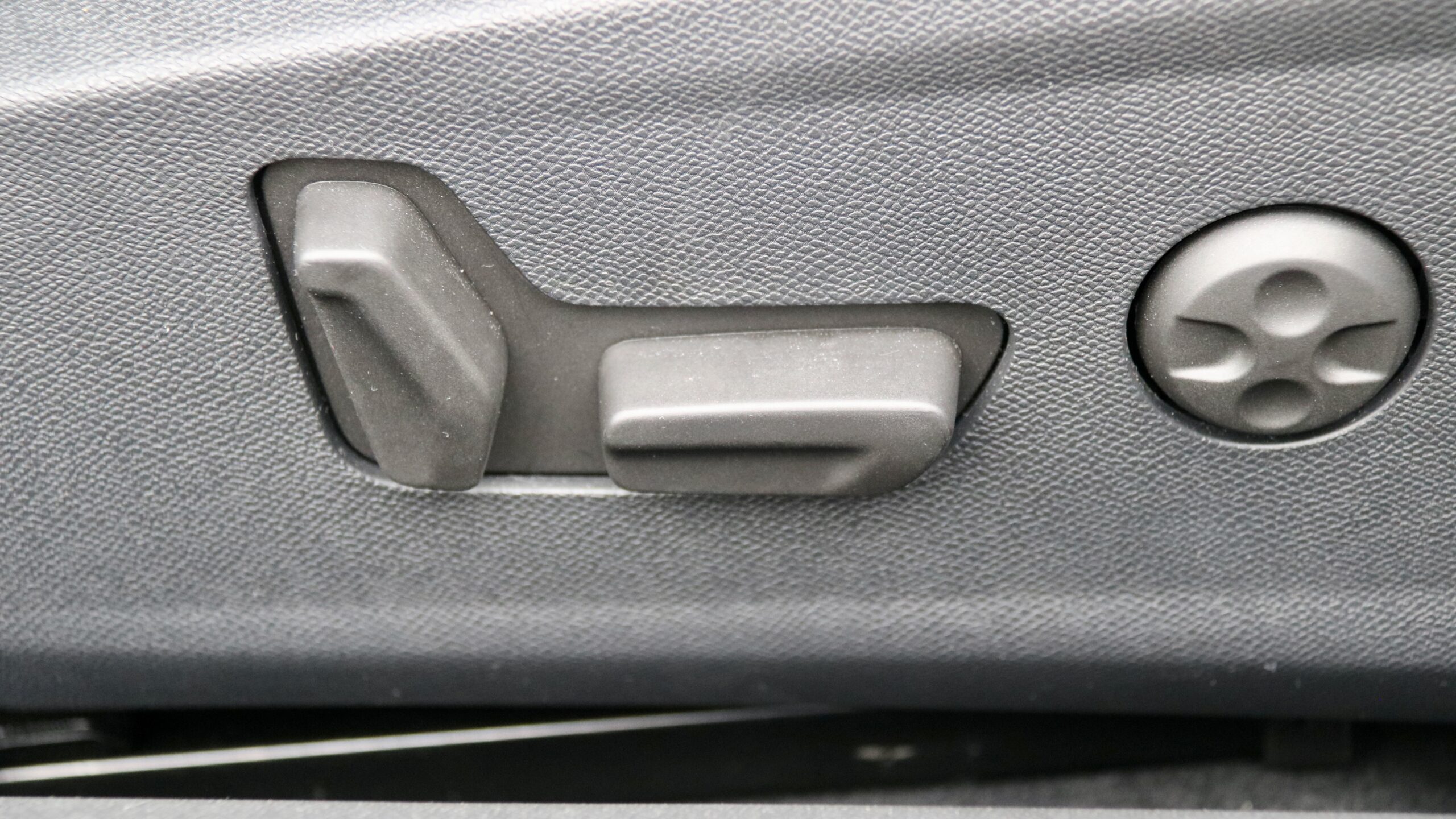
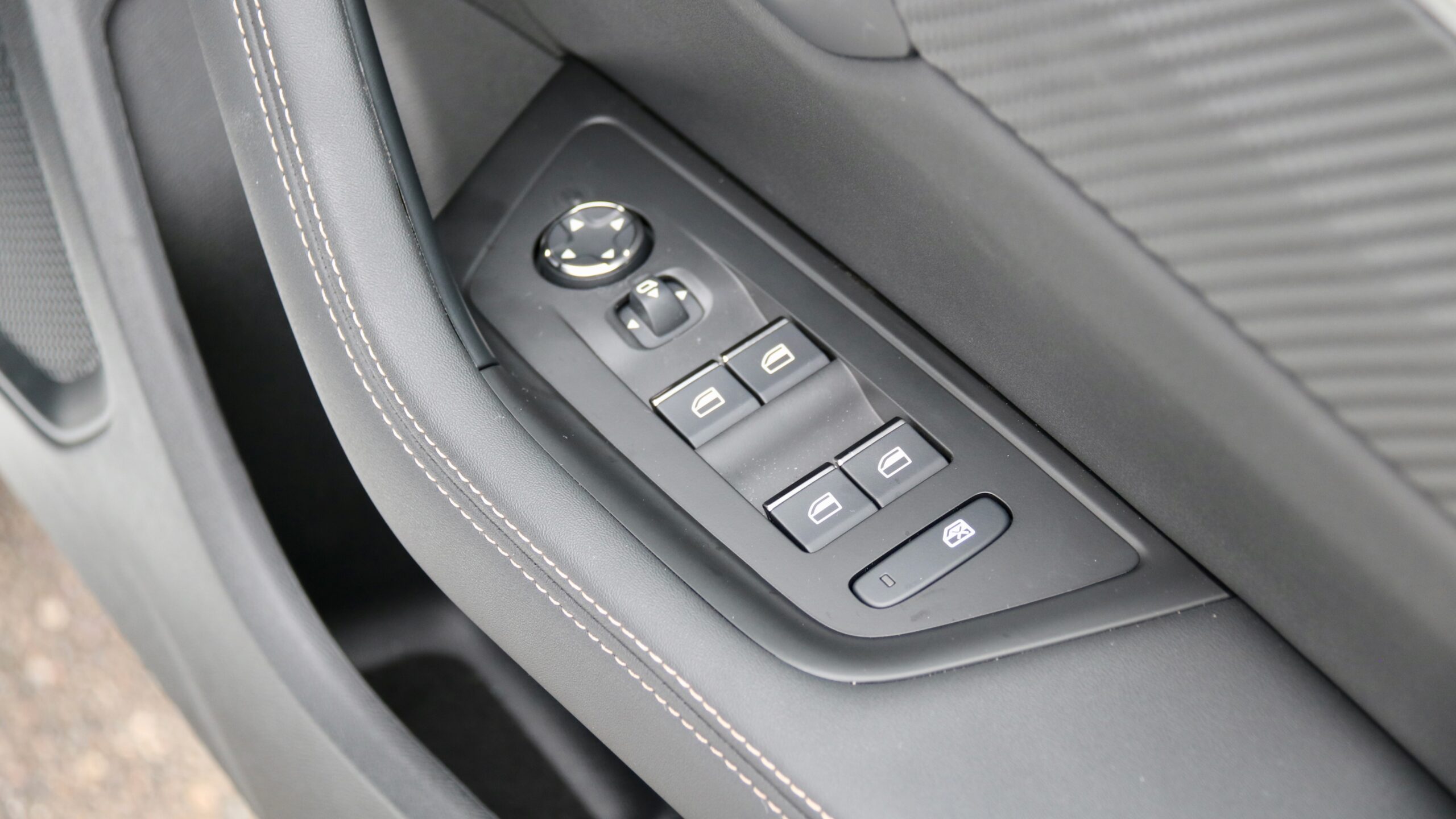
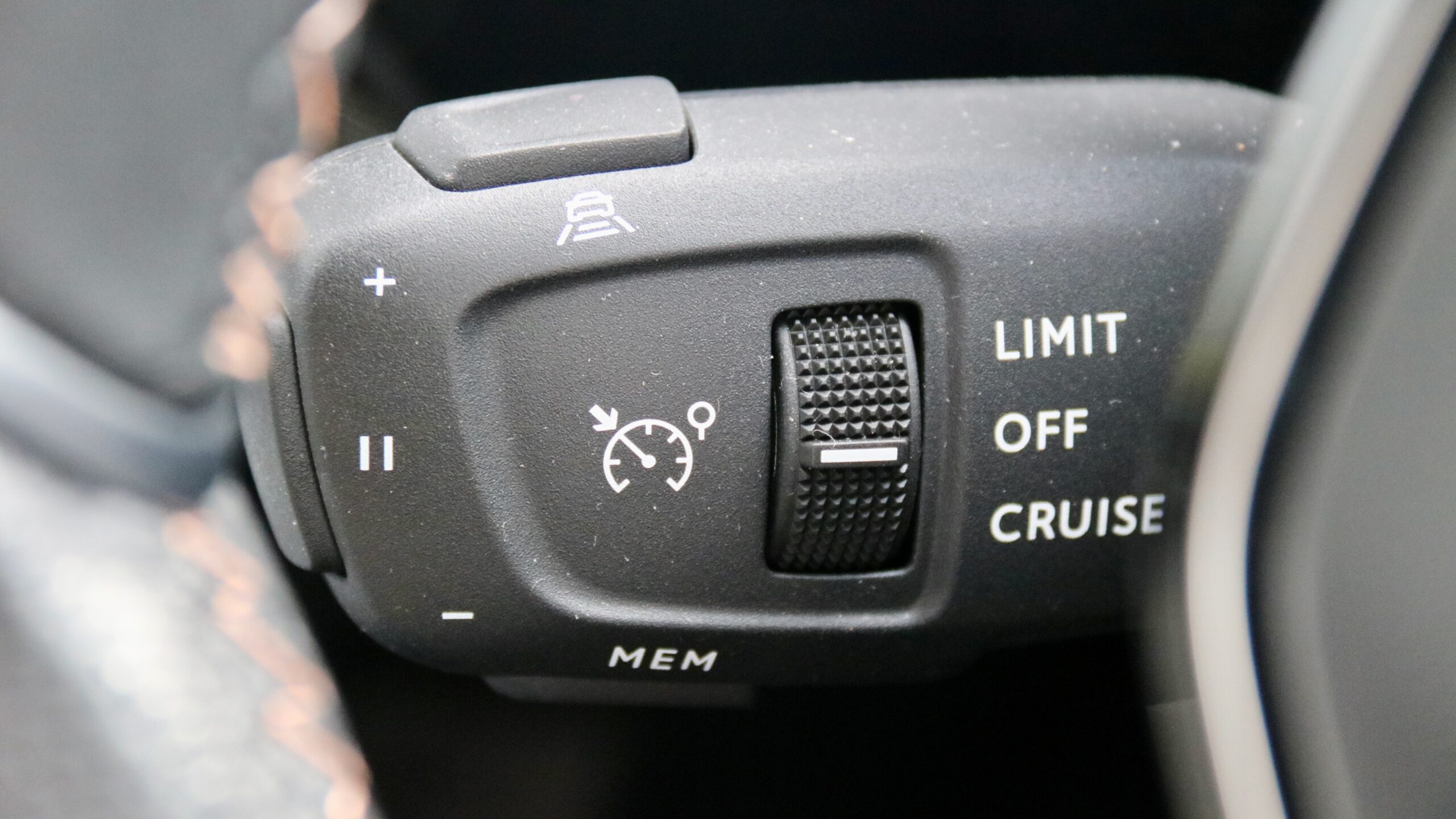
The 508 range received a five-star ANCAP safety rating in 2018 with scores of 96 per cent for adult protection, 87 per cent for child protection, 71 per cent for vulnerable road user protection and 76 per cent for safety assist. Safety equipment includes:
- Six airbags
- Auto emergency braking (AEB) with pedestrian detection
- Lane keeping assistance with lane departure warning
- Blind-spot monitoring
- Adaptive cruise control with stop and go functionality
- Adaptive lane trace assist
- Front and rear parking sensors
- Automatic parking
- 360-degree camera
- Auto high beam
- Driver attention monitoring
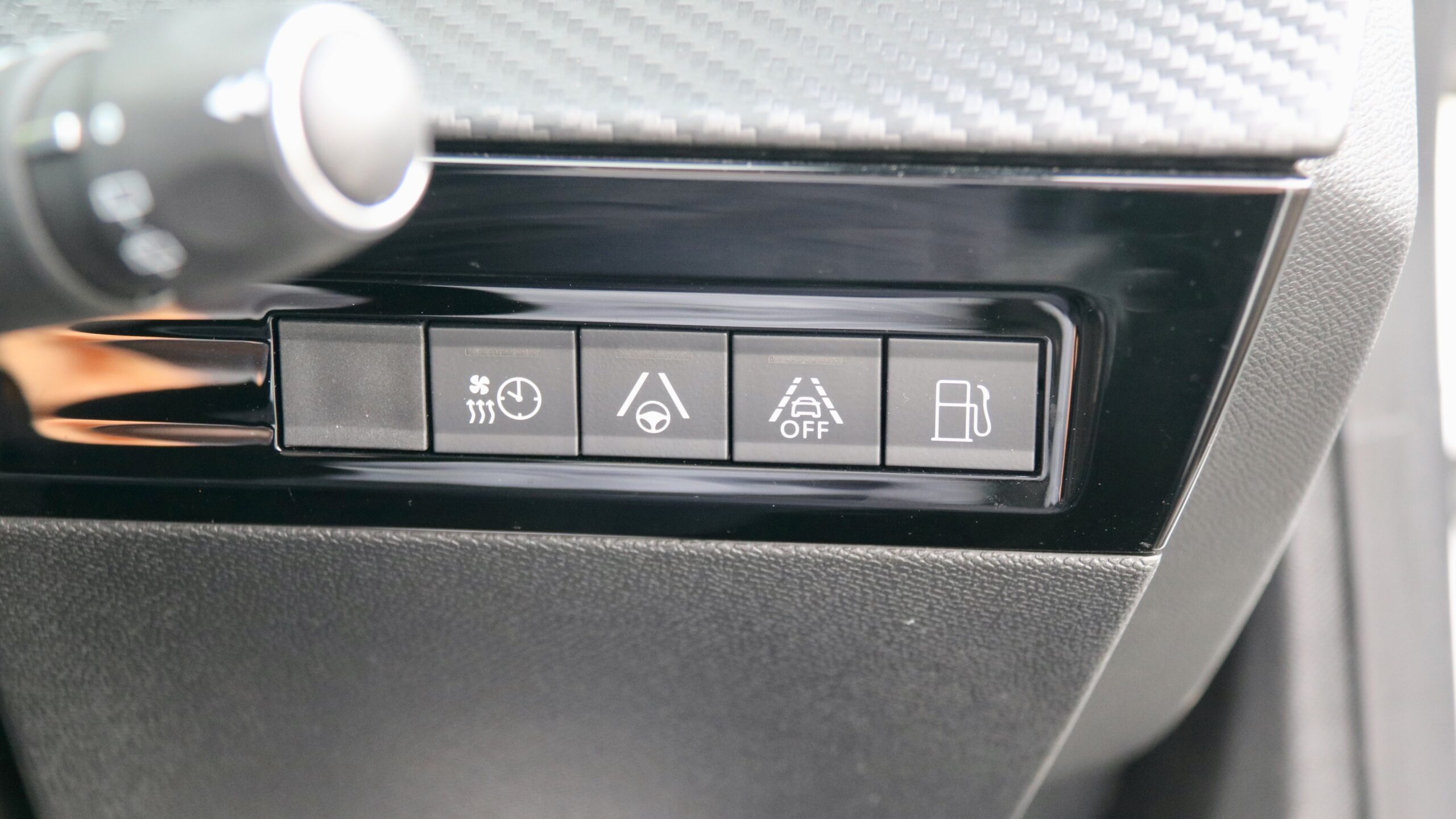
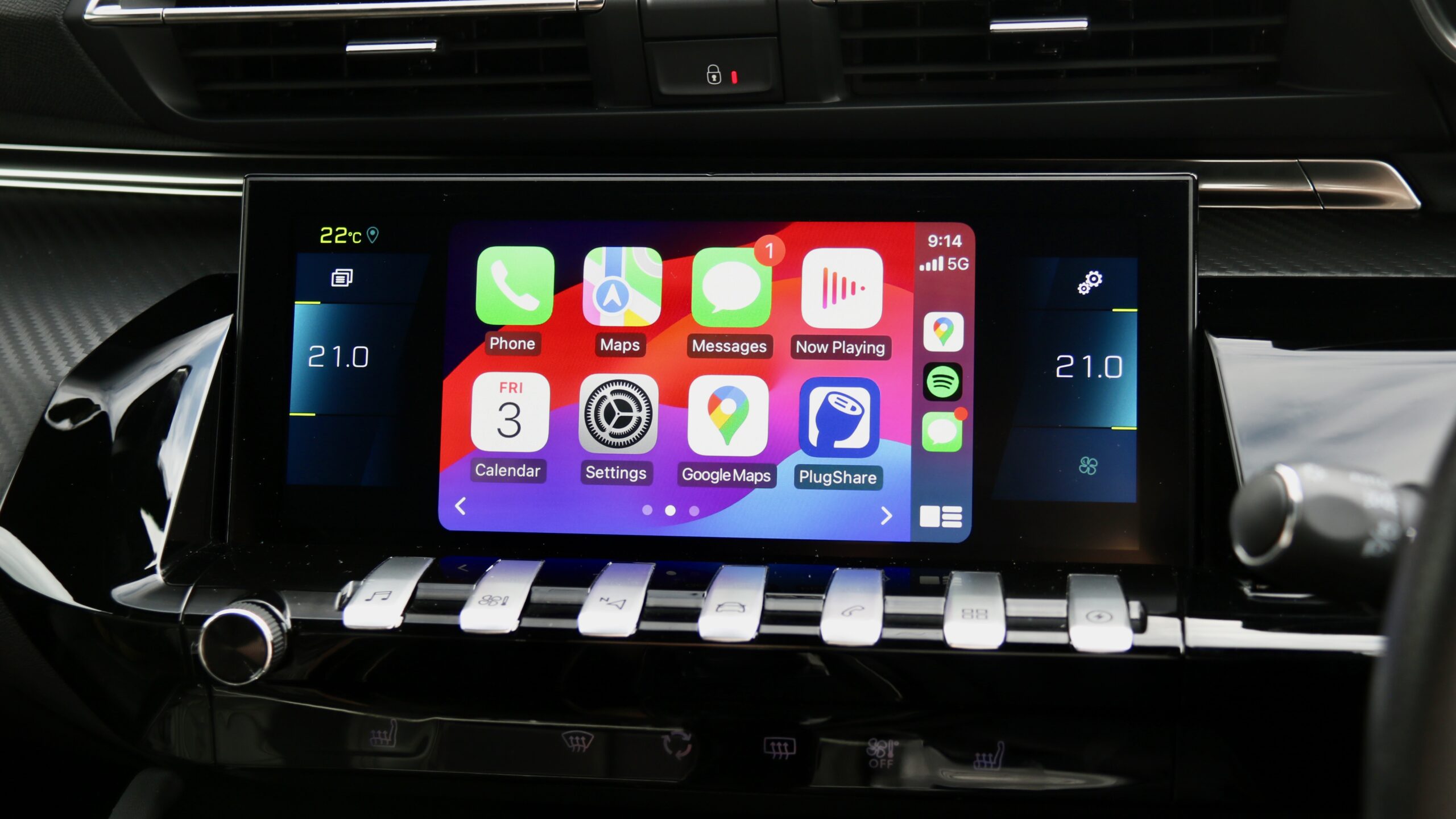
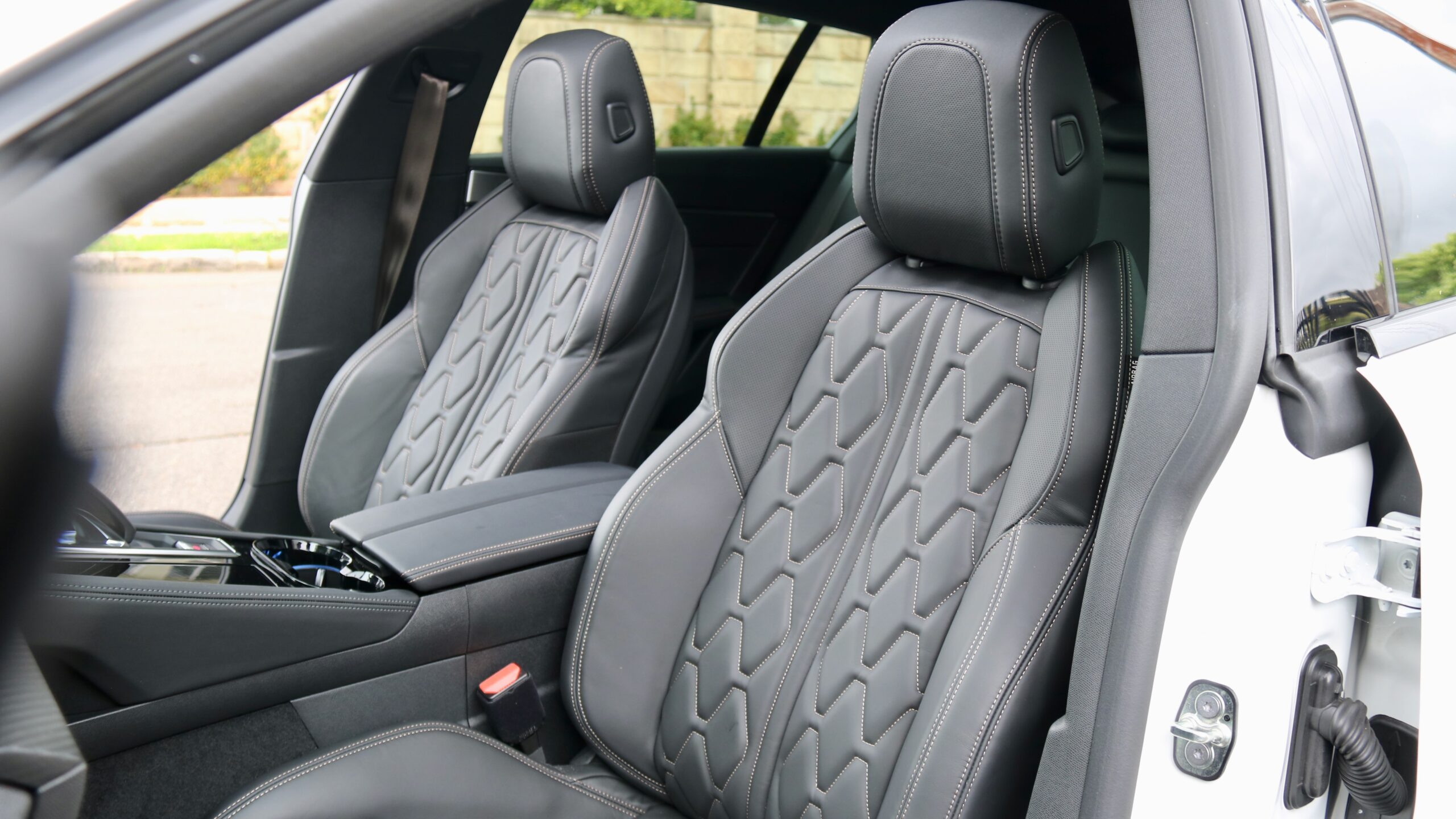
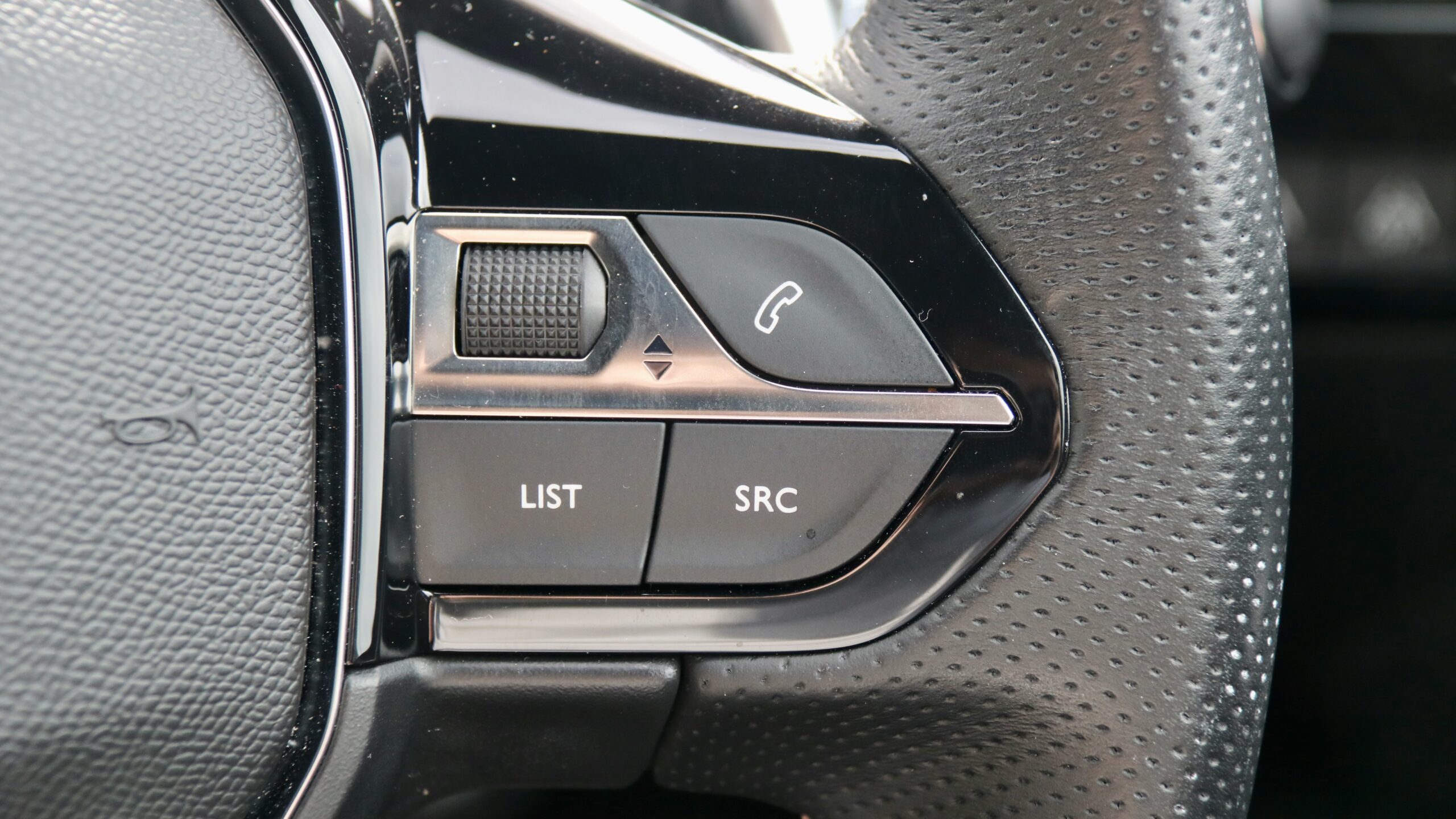
Options for the 508 GT Sportswagon PHEV:
- Sunroof: $2,500 (fitted to our test car)
Colour options for the 508 GT Sportswagon PHEV:
- Ink Blue (the only no-cost colour option)
- Platinum Grey (+$690)
- Nera Black (+$690)
- Artense Grey (+$690)
- Elixir Red (+$1,050)
- Pearl White (+ $1,050 – on our test car)
Black Nappa leather trim with copper coloured stitching is the only interior colour option.
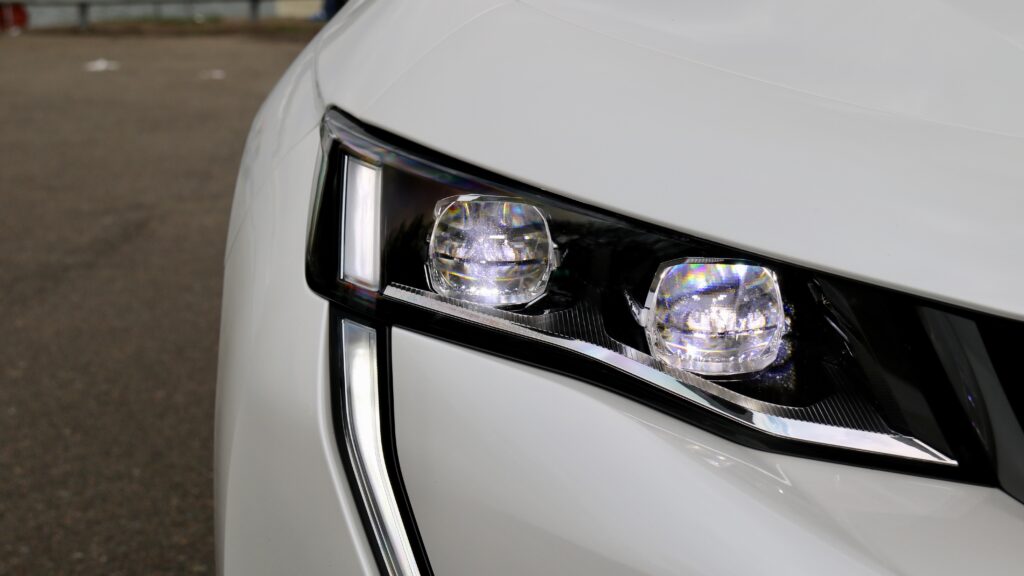
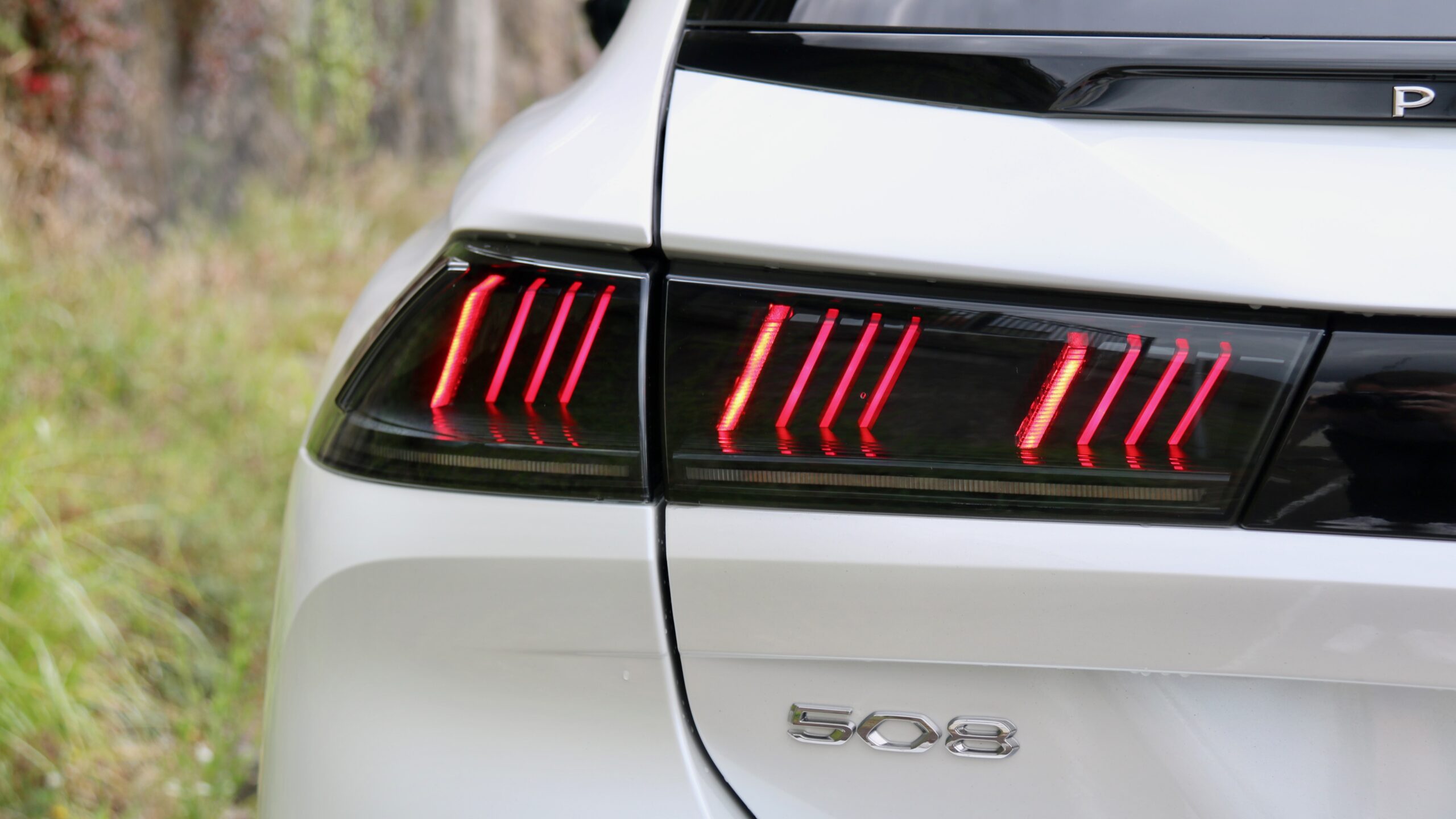
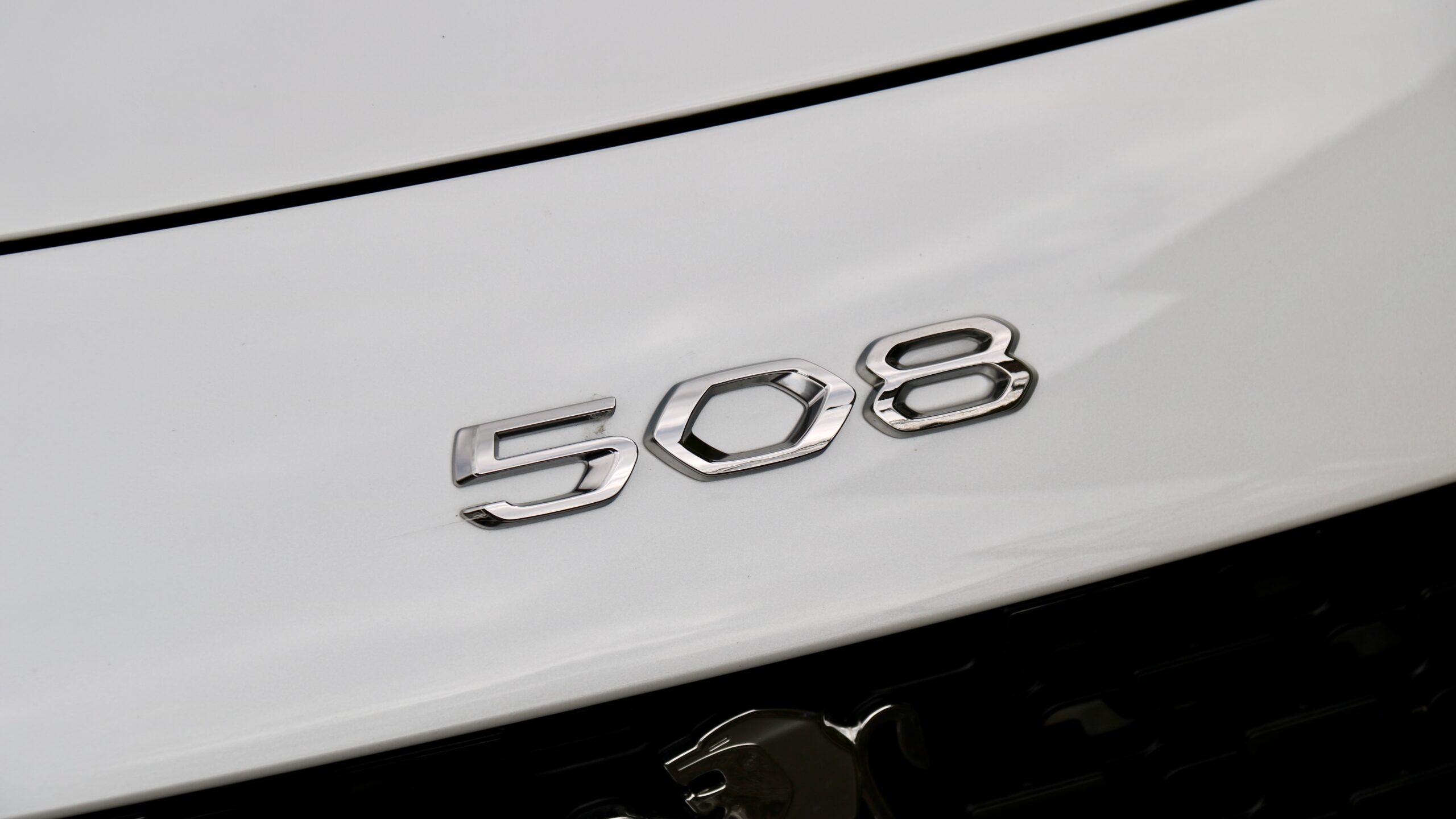
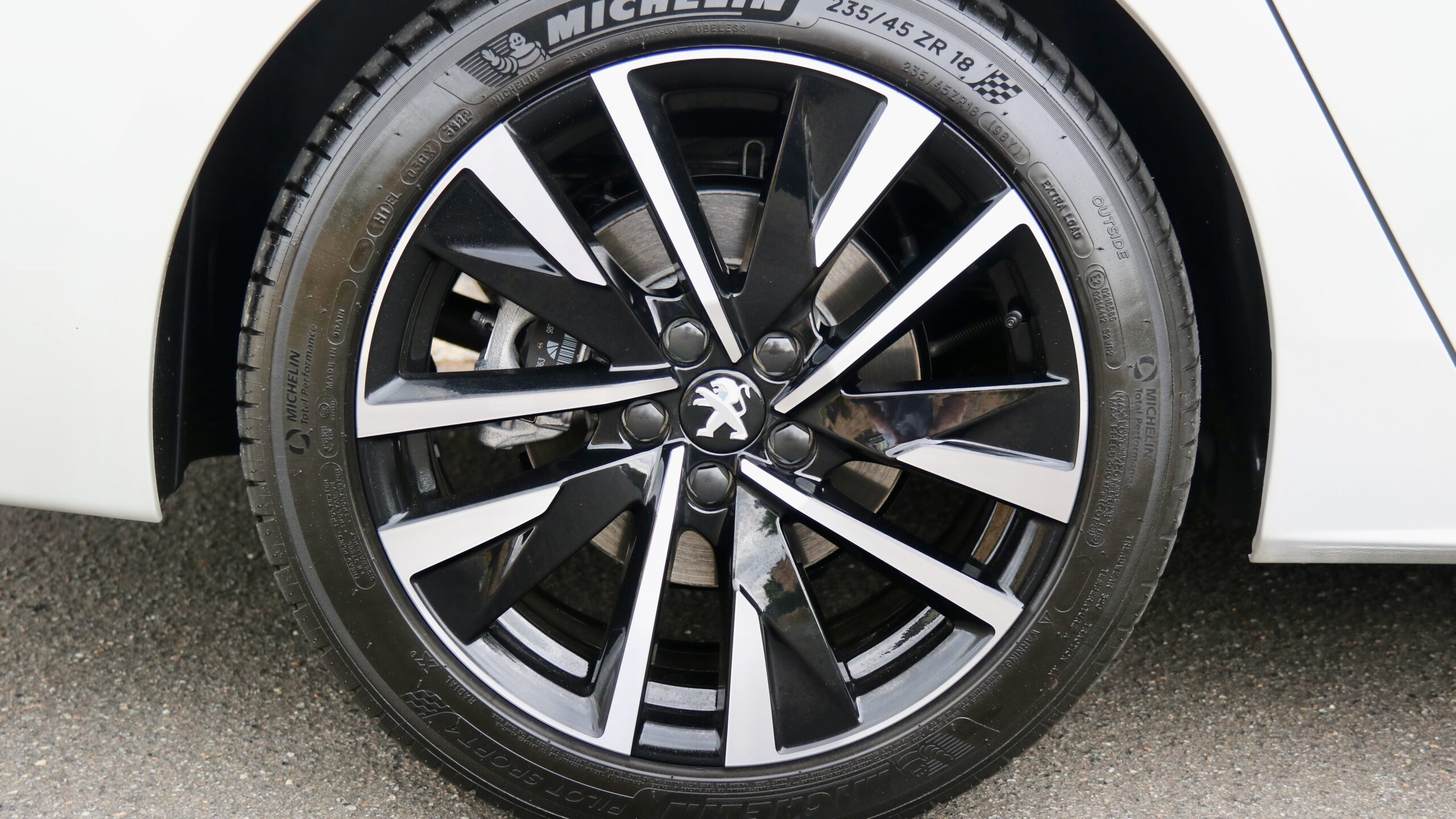
While there are a number of wagon competitors to the 508 Sportswagon, the 508 is currently the only new hybrid (let alone plug-in hybrid) wagon currently available in Australia. If buyers must have a PHEV, a similarly-sized – but almost $20,000 more expensive – option is the BMW 330e, which is only available in sedan form, while quite a lot of SUVs – the Mitsubishi Outlander PHEV, Mazda CX-60 and Volvo XC60, for example – are also available. While we wish there were more PHEV wagons on offer – Skoda Australia, where are the Octavia and Superb PHEVs? – the 508 presents a good (if expensive) – option.
How long does the 2023 Peugeot 508 GT Sportswagon PHEV take to charge?
Under the bonnet of the 2023 Peugeot 508 GT PHEV Sportswagon is the same 133kW/300Nm 1.6-litre turbocharged four-cylinder petrol engine as the regular 508, though in the PHEV, that’s mated to an 81kW/320Nm electric motor that draws its power from an 11.8kWh lithium-ion battery located underneath the boot floor. The 508 Sportswagon PHEV’s total outputs are 165kW of power and 360Nm of torque and the drivetrain is mated to an eight-speed torque converter automatic transmission driving only the front wheels.
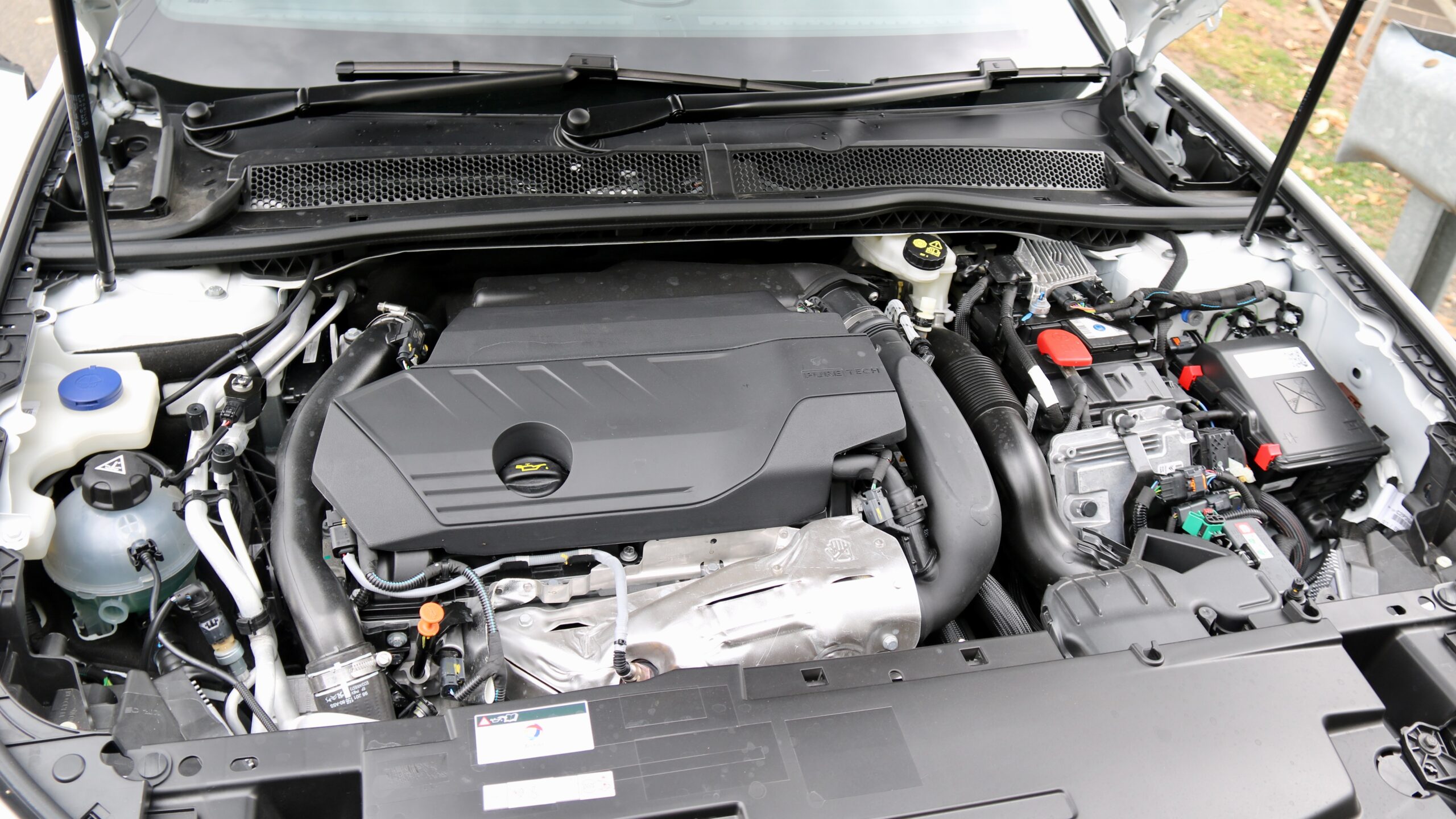
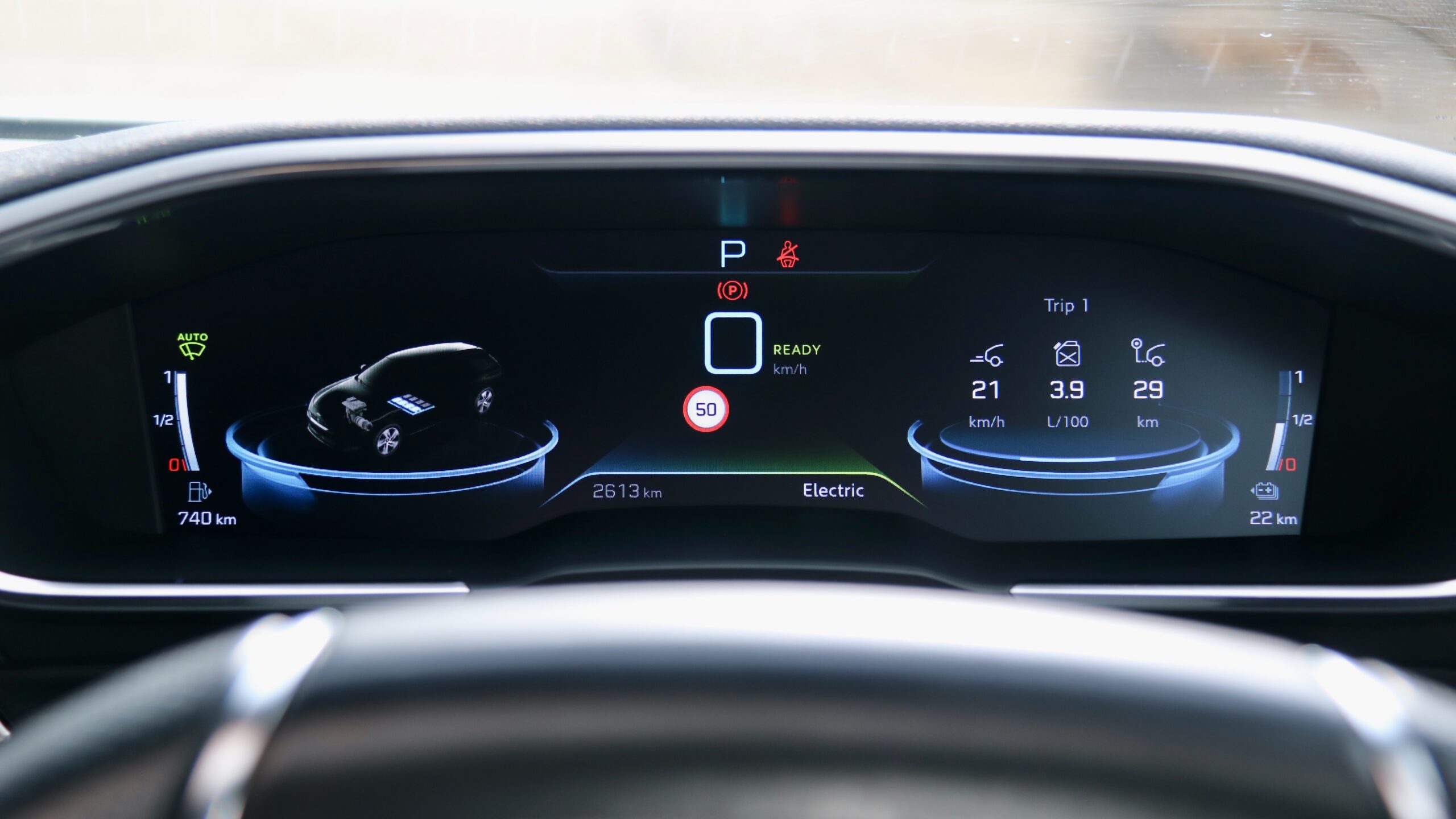
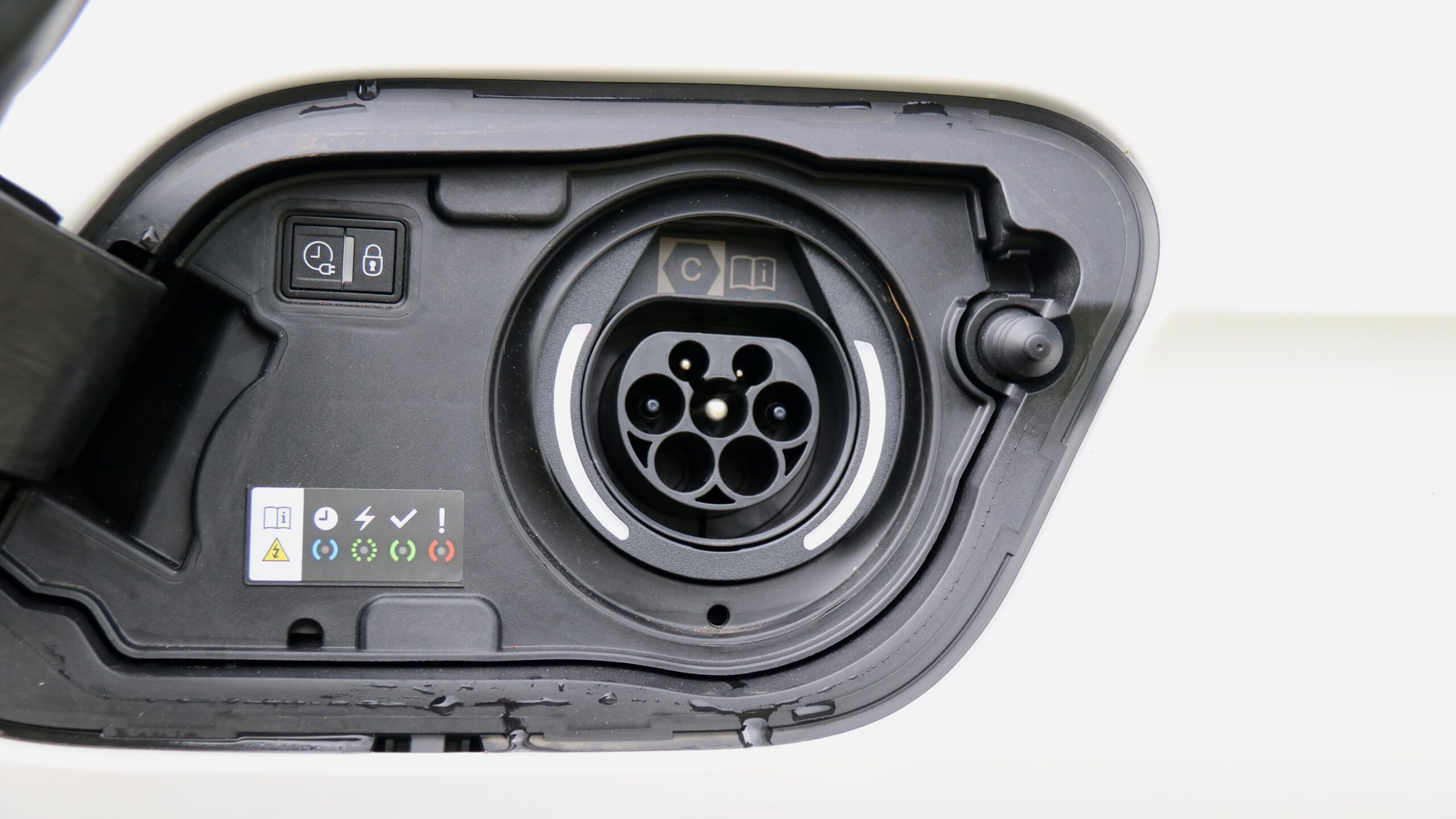
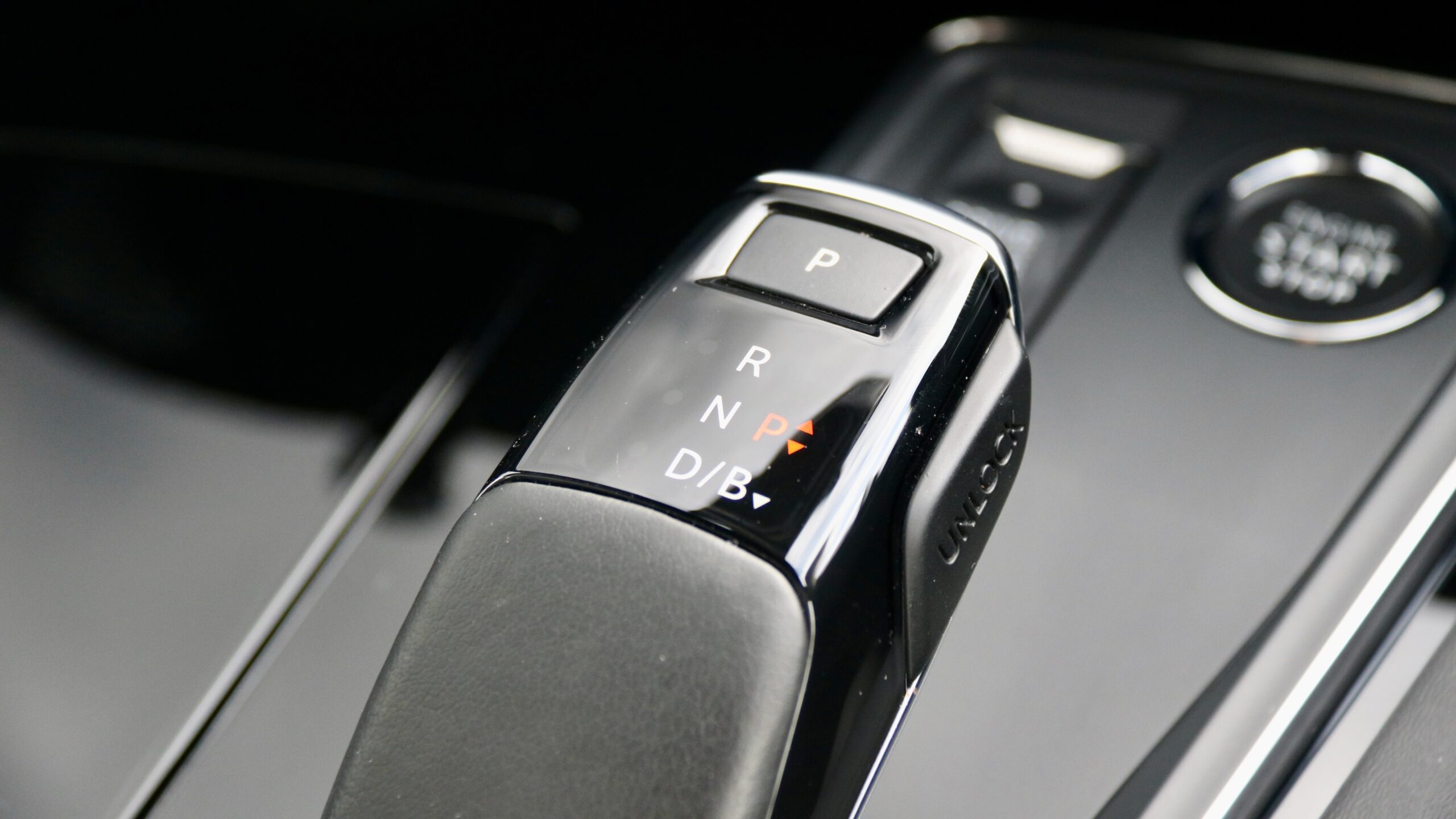
The 508 GT Sportswagon PHEV’s drivetrain is – like the regular 508 GT petrol, which is no surprise given that the PHEV uses the same drivetrain – nicely refined. The integration of the electric motor into the drivetrain is also quite refined, with little intrusion or jerkiness from the drivetrain. Its performance is reasonable, with a claimed 8.3 second 0-100km/h sprint time and thanks to the added electric propulsion at lower speeds, around town it feels nicely peppy and at highway speeds, performance is more than adequate as well.
As is the case with all other plug-in hybrids, the fuel economy of the 508 GT PHEV varies based on how much it’s charged. Peugeot claims an all-electric range of 55km and combined fuel consumption of 1.5L/100km, and we achieved 47km and 4.2L/100km in our first 100km of driving, which included some highway driving but it was mostly urban. After that – and not charging it – the 508’s economy hovered in the 6-7L/100km bracket, which is a bit less than what we experienced in the regular 508.
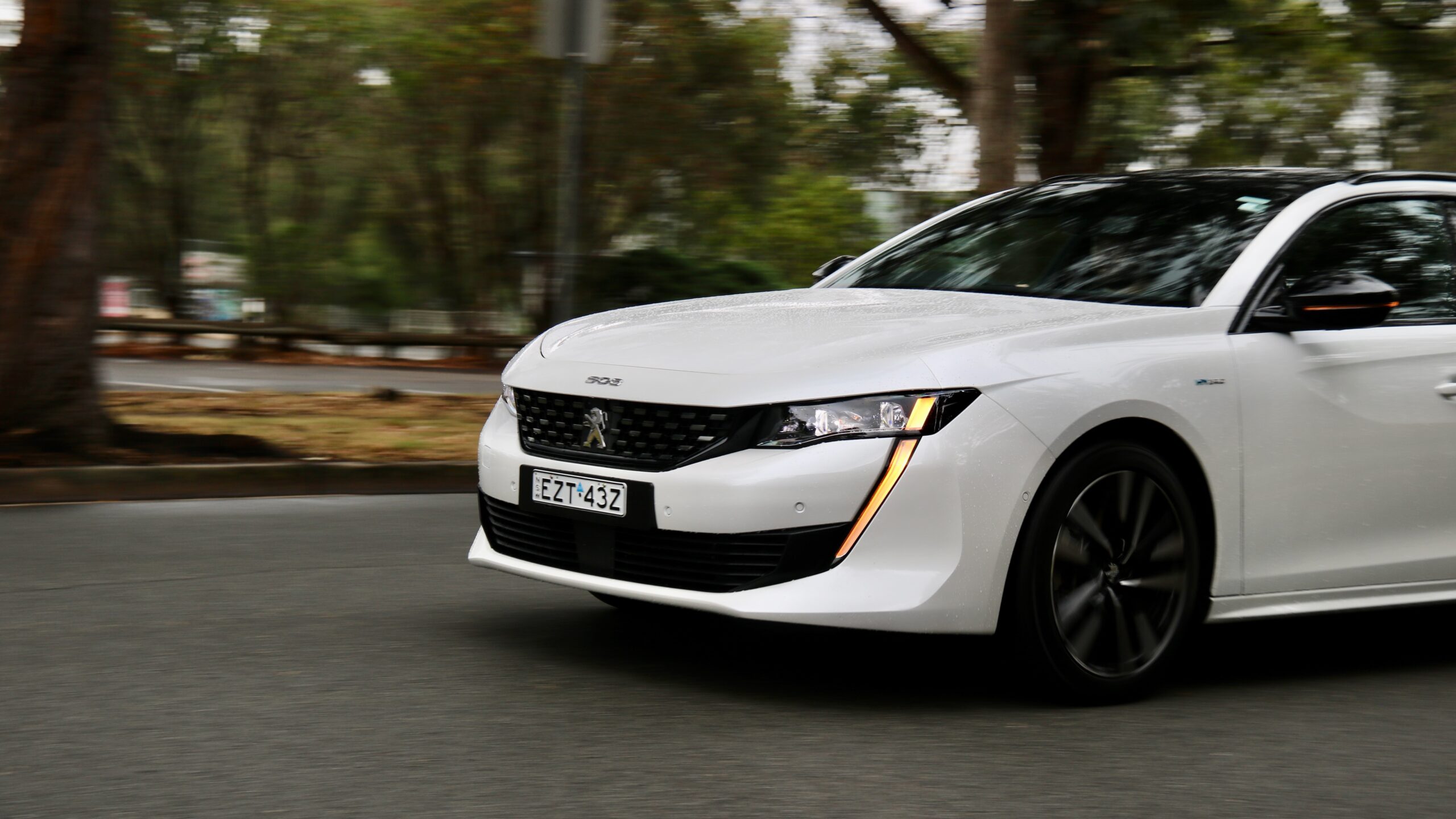
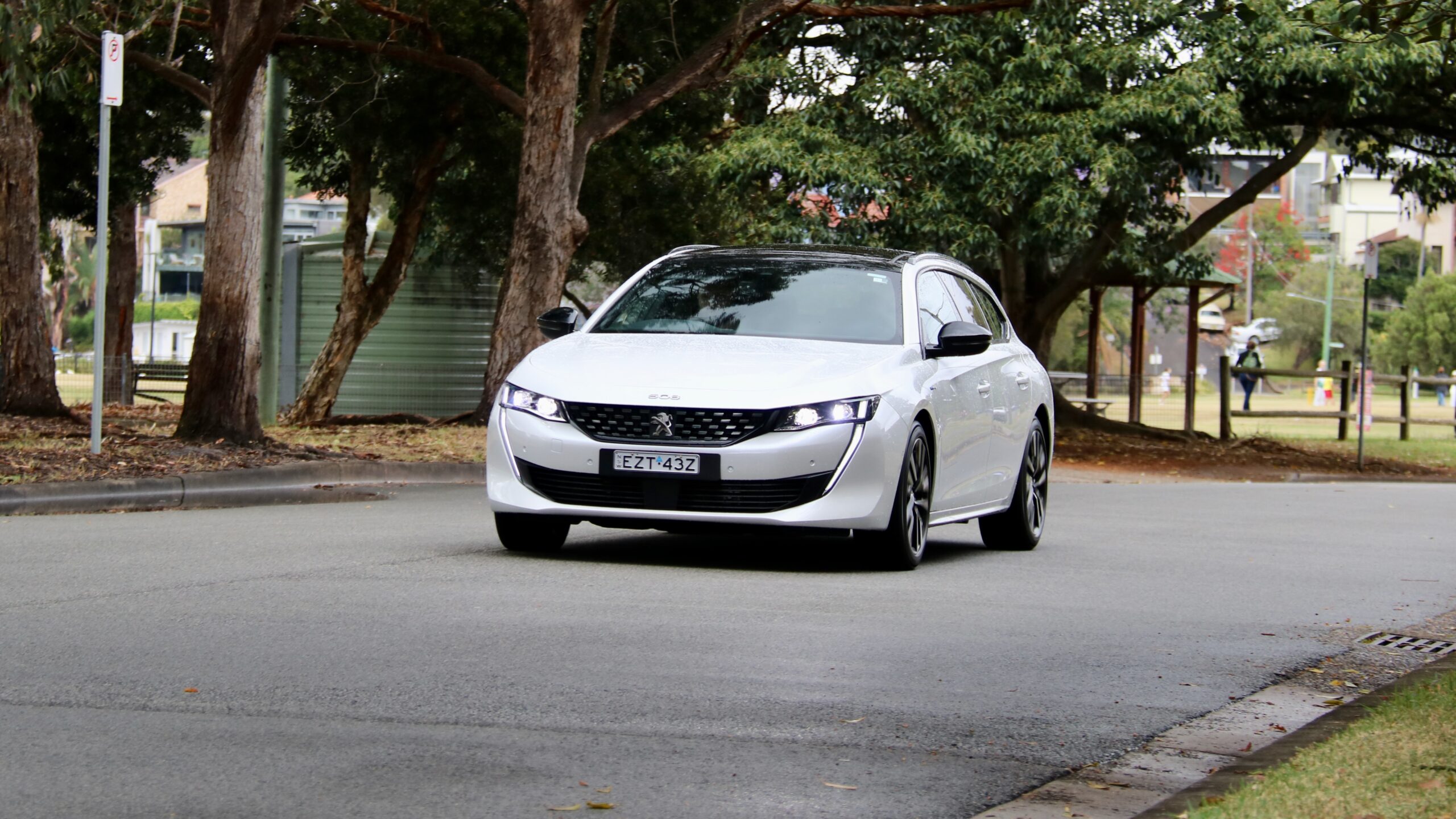
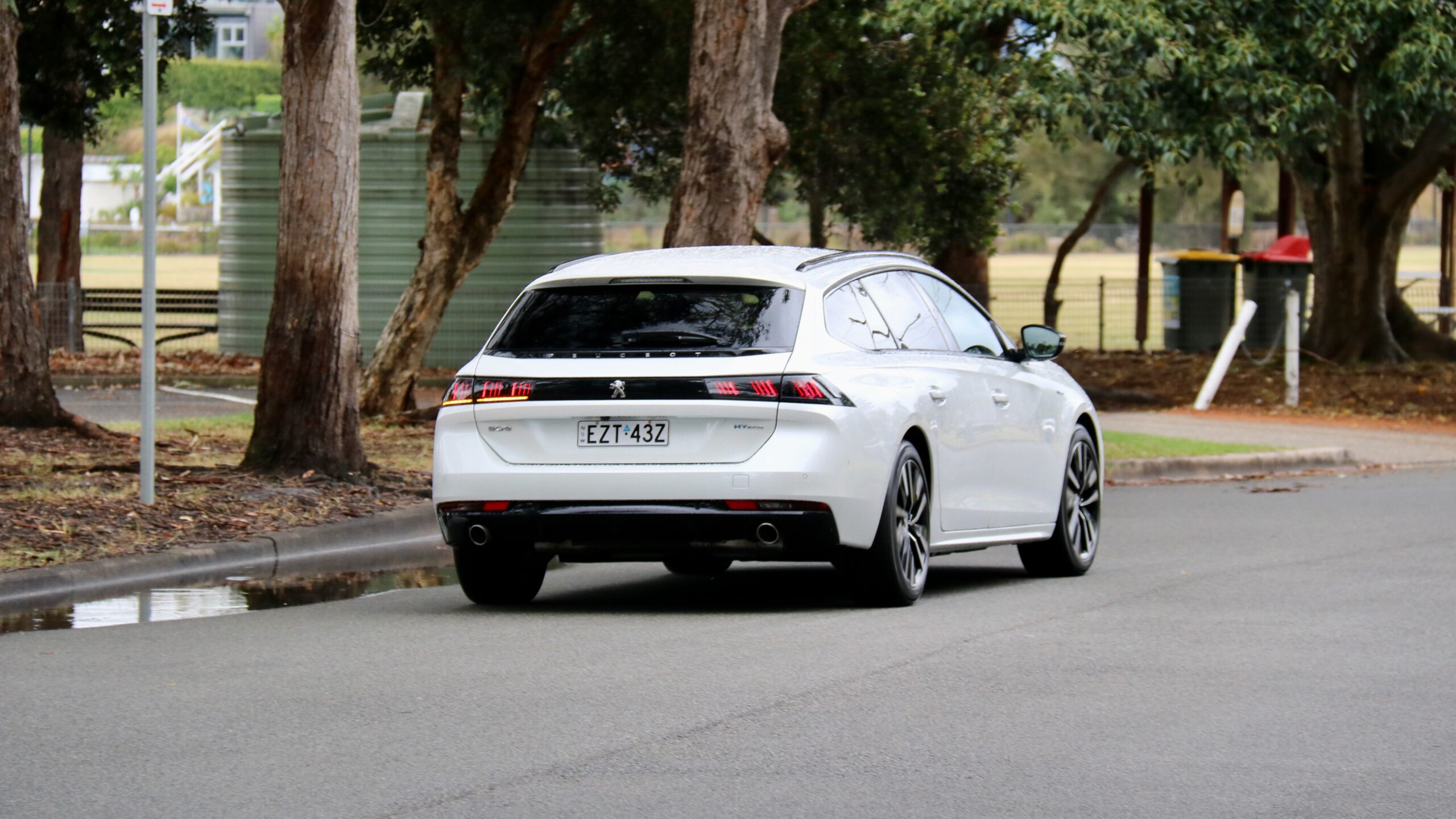
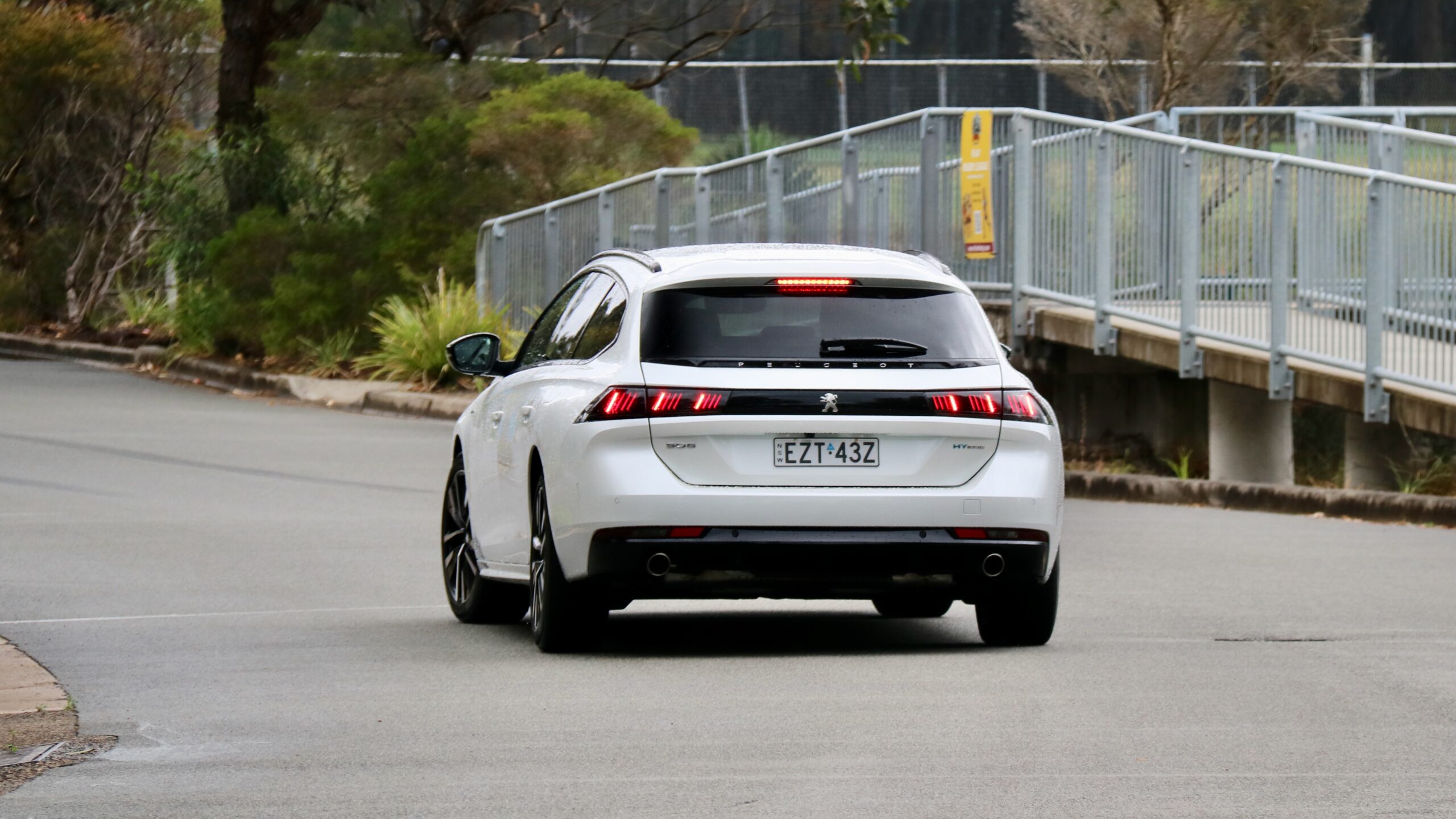
As with every other plug-in hybrid on the market, the 508 GT Sportswagon PHEV’s real world fuel economy will vary based on how much it’s charged. As with almost every other PHEV – aside from Mitsubishi’s newest offerings – the 508 GT Sportswagon PHEV cannot be DC fast charged. A 0-100 per cent charge takes minimum 3.5 hours on an 11kW charger, but the 508 GT Sportswagon PHEV can only be charged at up to a slow 3.7kW. Adding meaningful all-electric range at public chargers just takes too long, and we predict that most PHEV owners charge overnight at home – a 2.4kW wall socket will give a full charge in under five hours.
What is the 2023 Peugeot 508 GT Sportswagon PHEV like to drive?
Like its purely-petrol-powered sibling, the 2023 Peugeot 508 GT PHEV Sportswagon drives quite well and compared to the regular 508, hides its extra weight well. One of our favourite features of the regular 508 is how light it is – just 1,395kg tare, which is remarkable for such a large car – and the PHEV system has added 325kg of weight to 1,720kg in total. That’s not exactly a lightweight car, but it’s still notable given a smaller BMW 330e weighs 27kg more and a Mazda CX-60 PHEV weighs 419kg more. Despite the extra weight, the 508 still feels light on its feet and handles well too, without being a complete corner carver. As you’d expect for a Peugeot, it’s very comfortable.
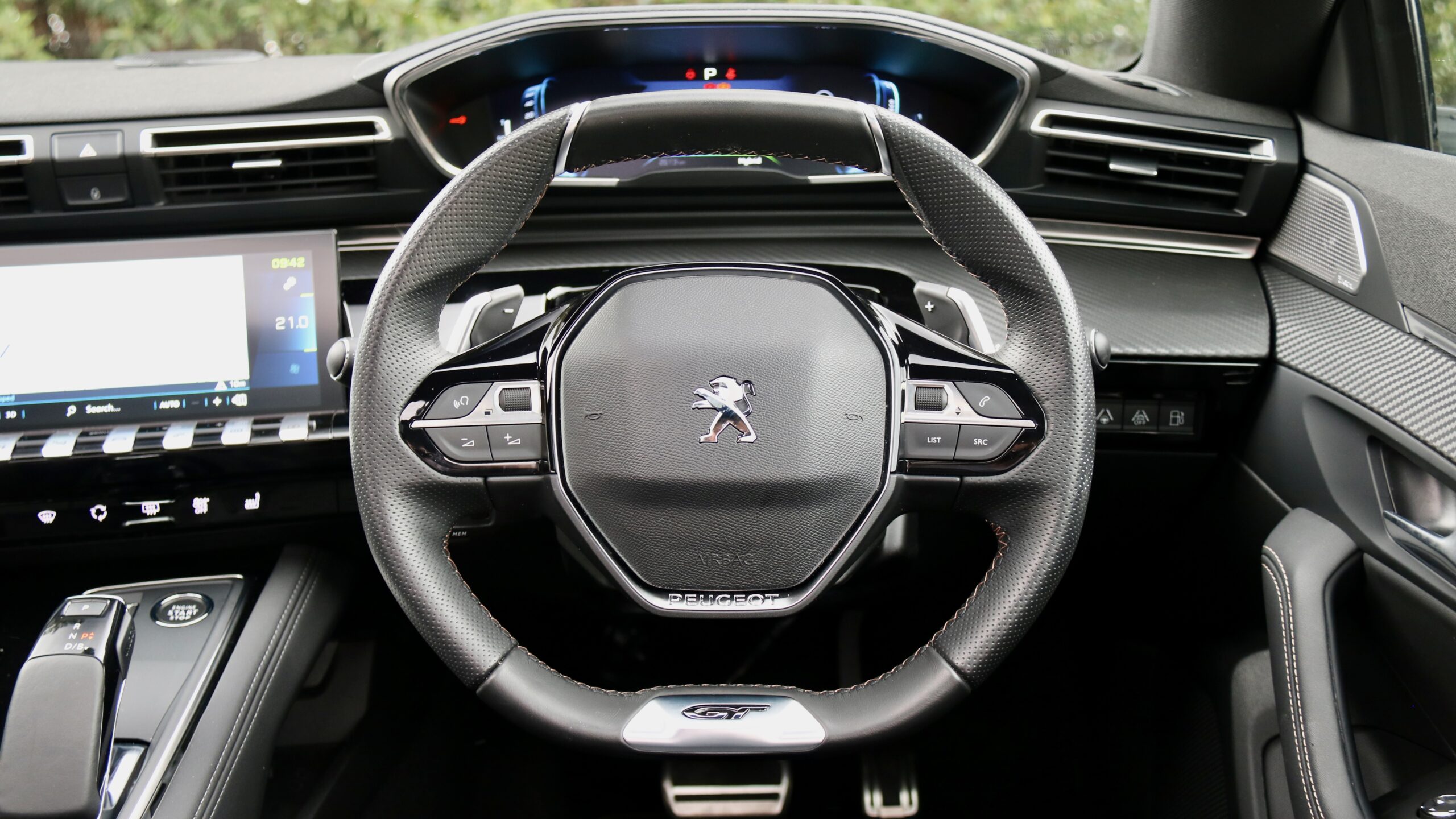
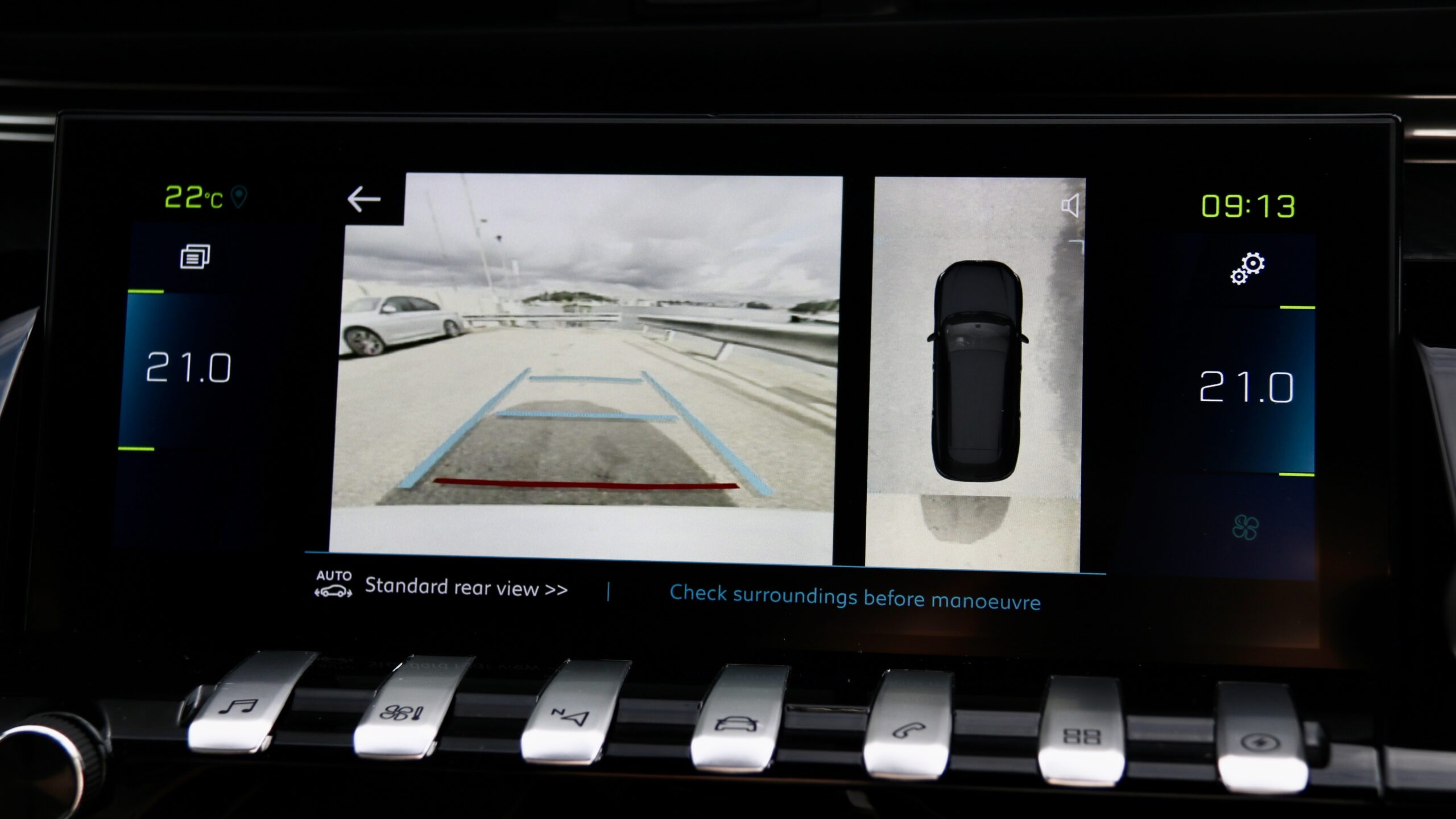
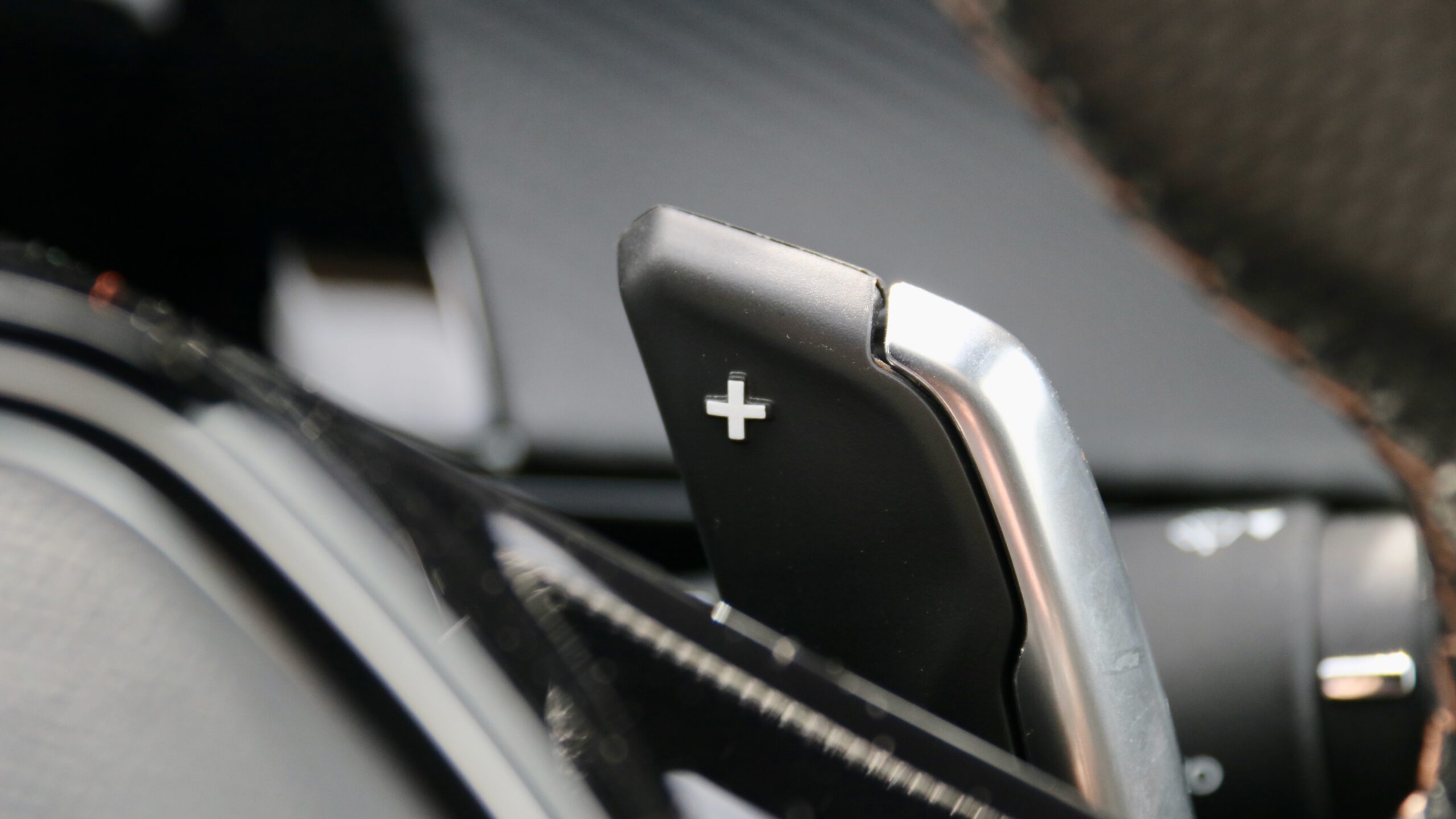
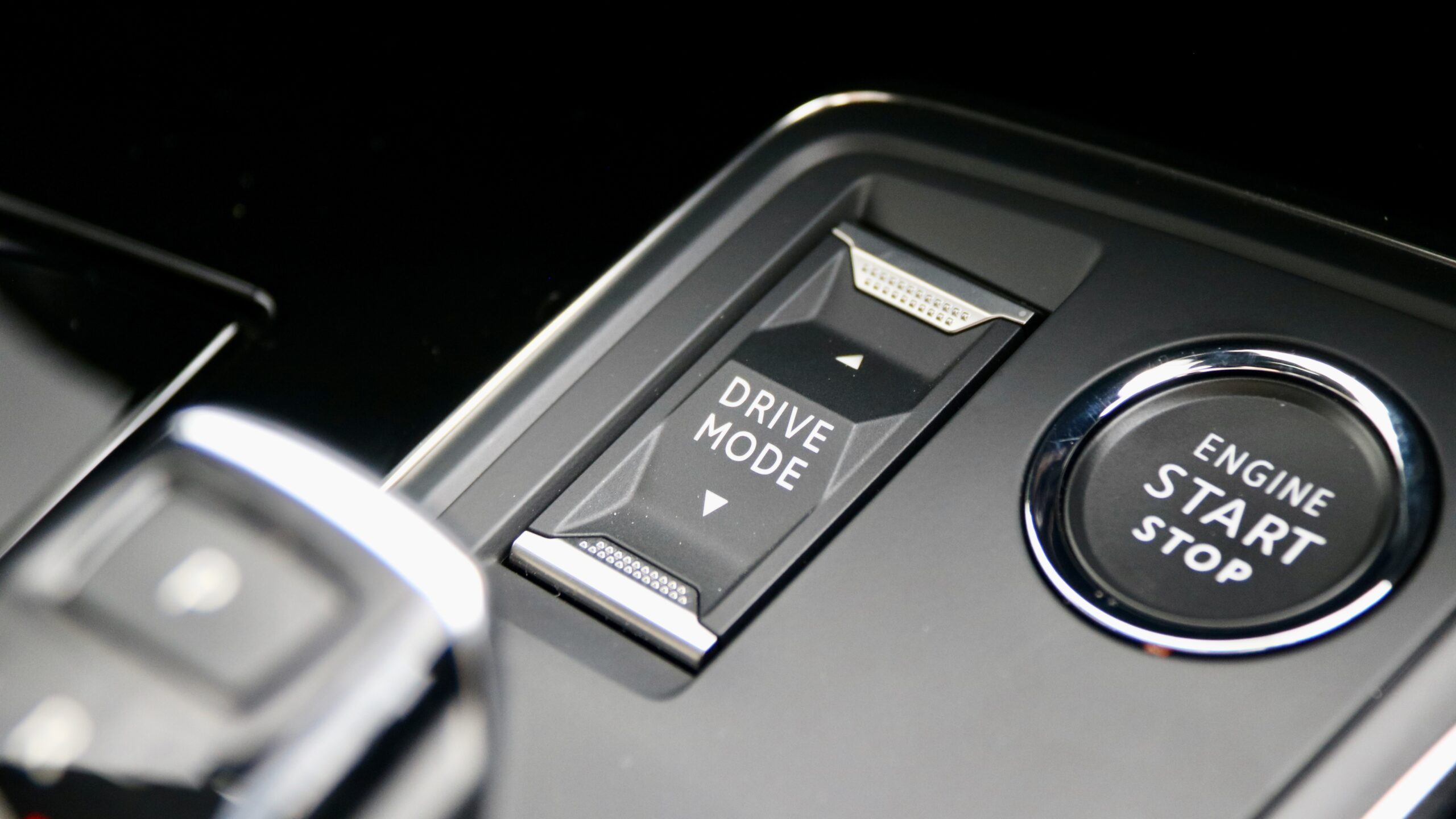
Its steering is quick and accurate, though it could offer a touch more feel – though we do like how the added weight of the PHEV has added more weight to the 508’s steering, which is a touch too light in the regular model. But the 508’s road noise levels are impressively low and its active safety systems are well tuned, particularly the active lane guidance at highway speeds. However, the 360-degree camera isn’t great – hopefully the 508 receives the latest generation of cameras that feature in the new 308 hatchback and wagon soon.
How practical is the 2023 Peugeot 508 GT Sportswagon PHEV?
As we’ve discovered in the past, the interior of the current-generation Peugeot 508 is wonderful. It looks great, its quality is excellent, it’s packed full of equipment and it’s also reasonably practical as well.
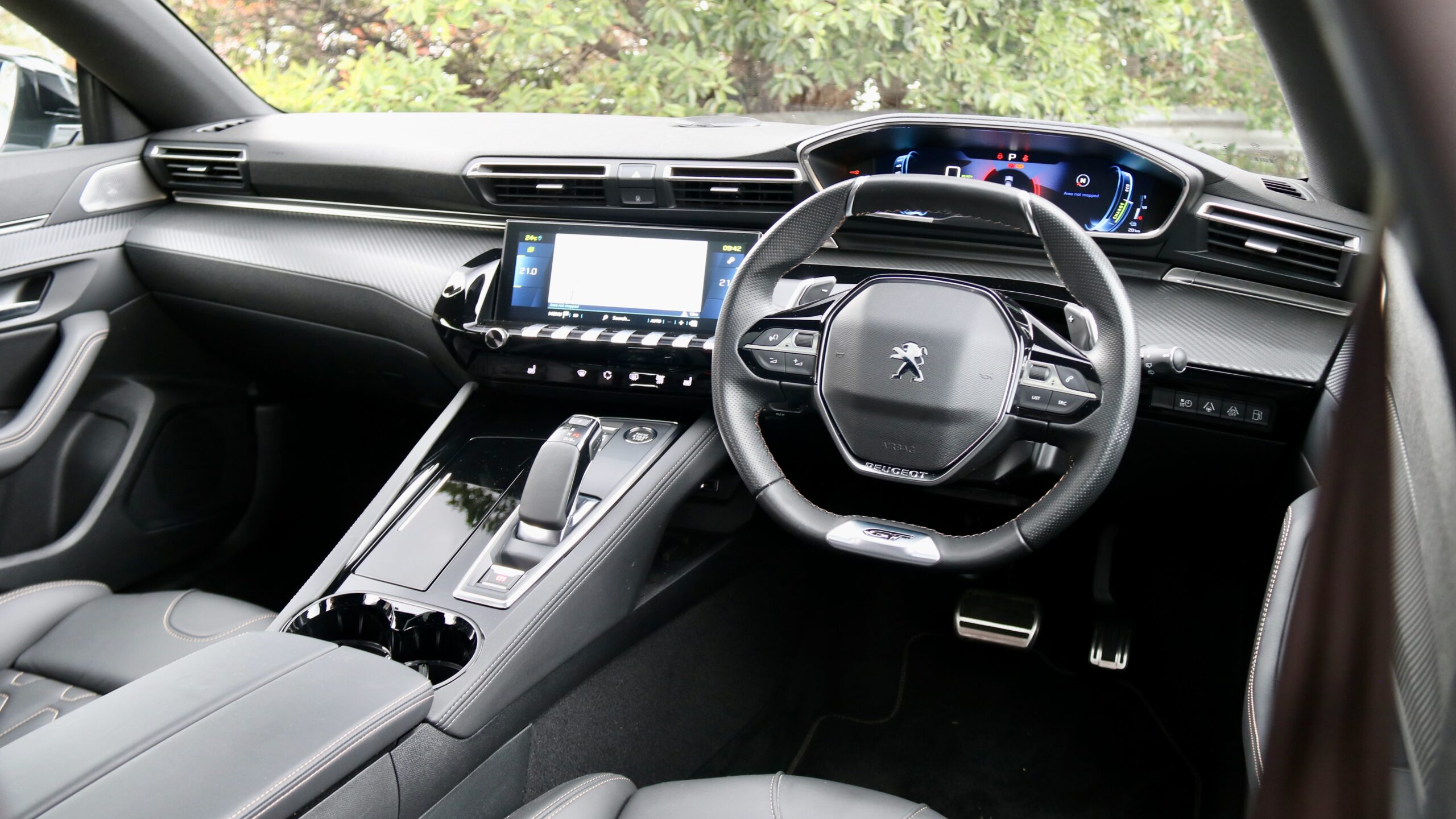
Every surface of the 508’s cabin is covered in a high quality materials – from the soft Nappa leather on the seats to the soft touch plastics atop the dashboard and door tops. Even the lower materials still feel nice to touch. The switchgear also feels great in hand, and it feels quite special. Special mention must go to the front seat massaging, which is the best we’ve ever experienced – there are a range of of massage options, from lumbar to even a cat’s paw option, which presses on various parts of your back.
Centre of the 508’s cabin is a 10-inch touchscreen with wired smartphone mirroring, satellite navigation and digital radio – though no live services or wireless smartphone mirroring. It uses Peugeot Citroen’s older infotainment software and it can be a bit slow and confusing to use, with the newest system in cars like the new generation 308 much faster and easier to use, plus with live services for features like live traffic for navigation. The updated 508 – due in Australia sometime in 2024 – will have this system, but for now its screen is fine, but could be better. Thankfully, the 10-speaker Focal sound system is excellent.
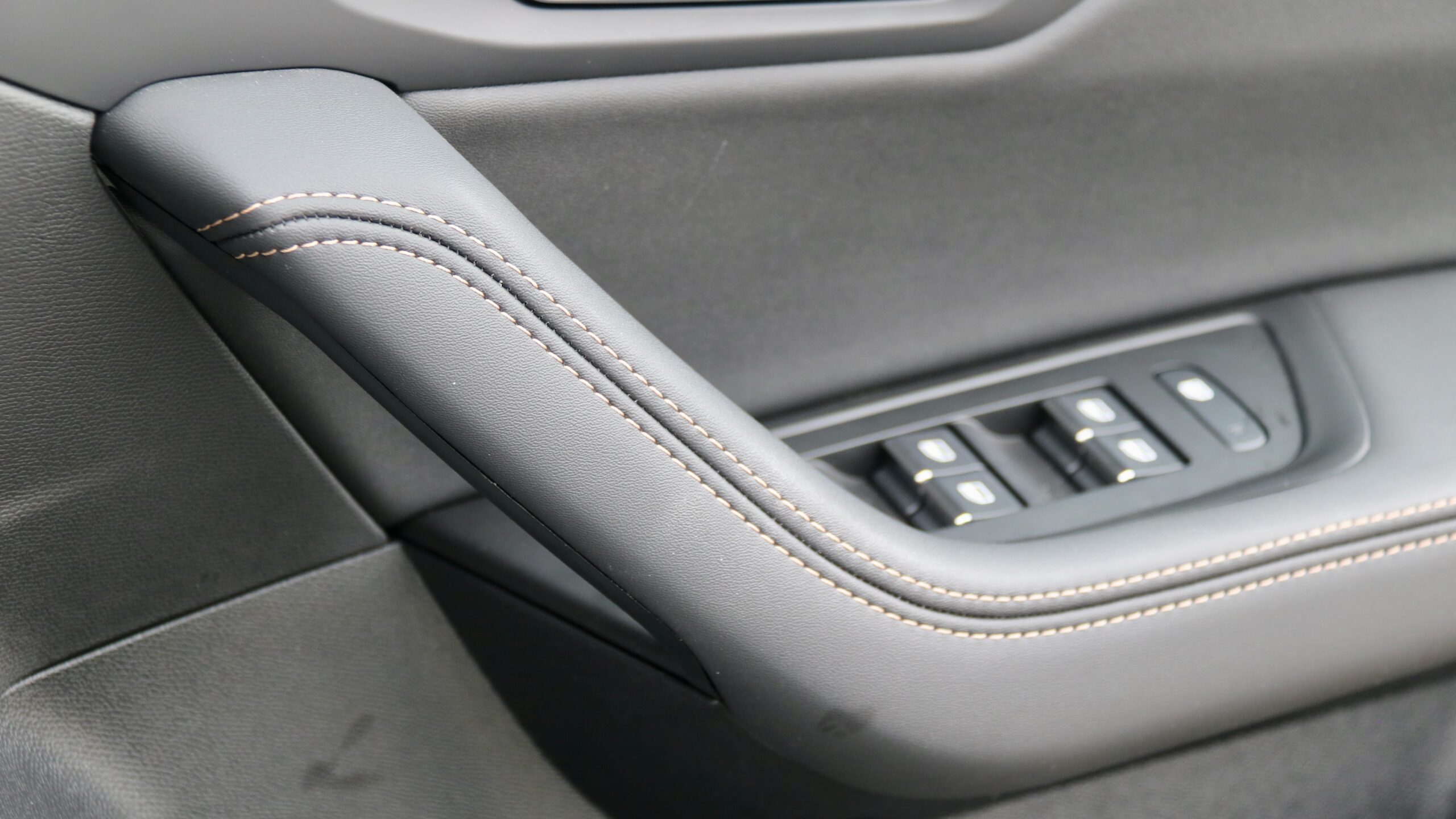
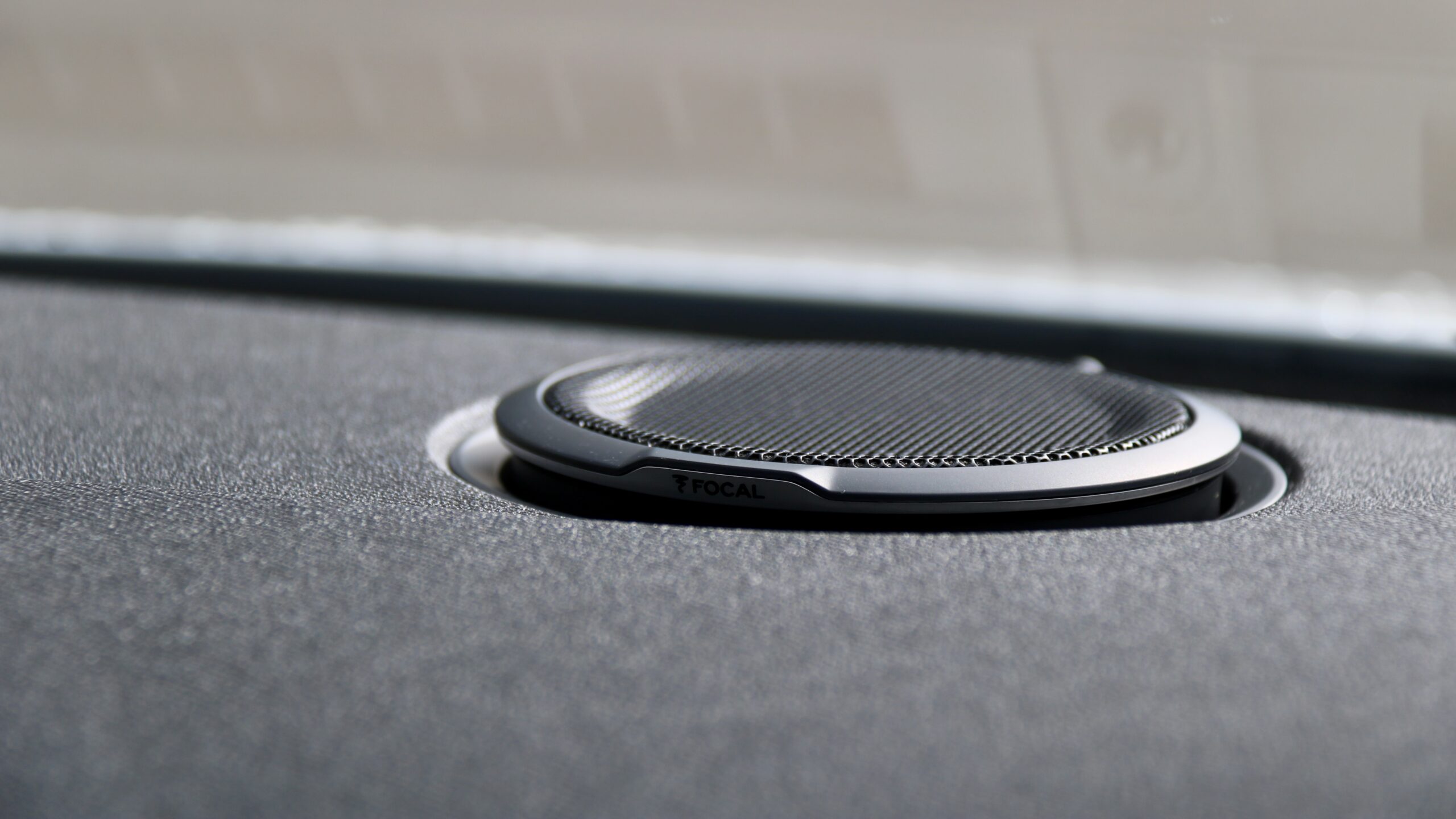
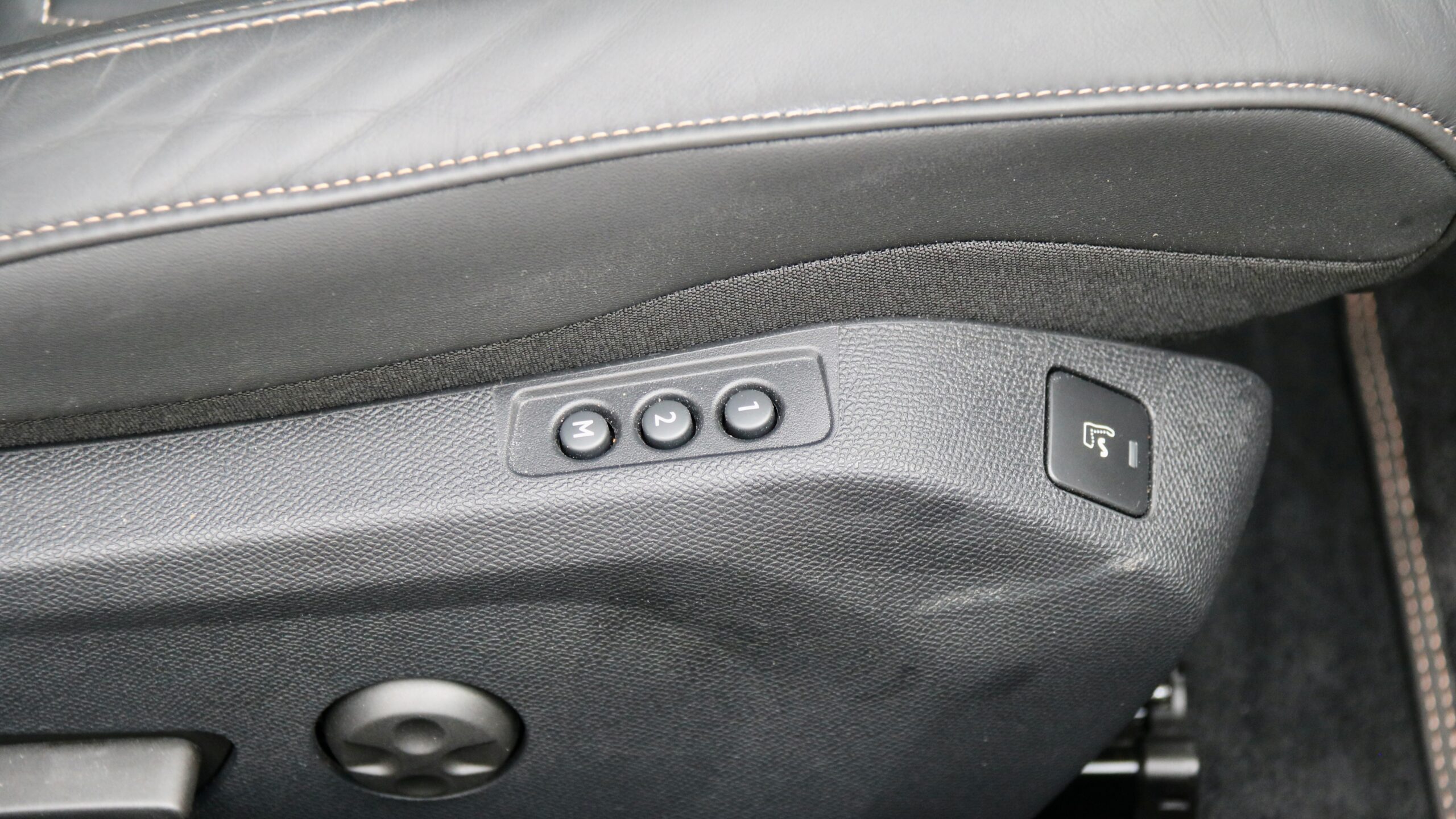
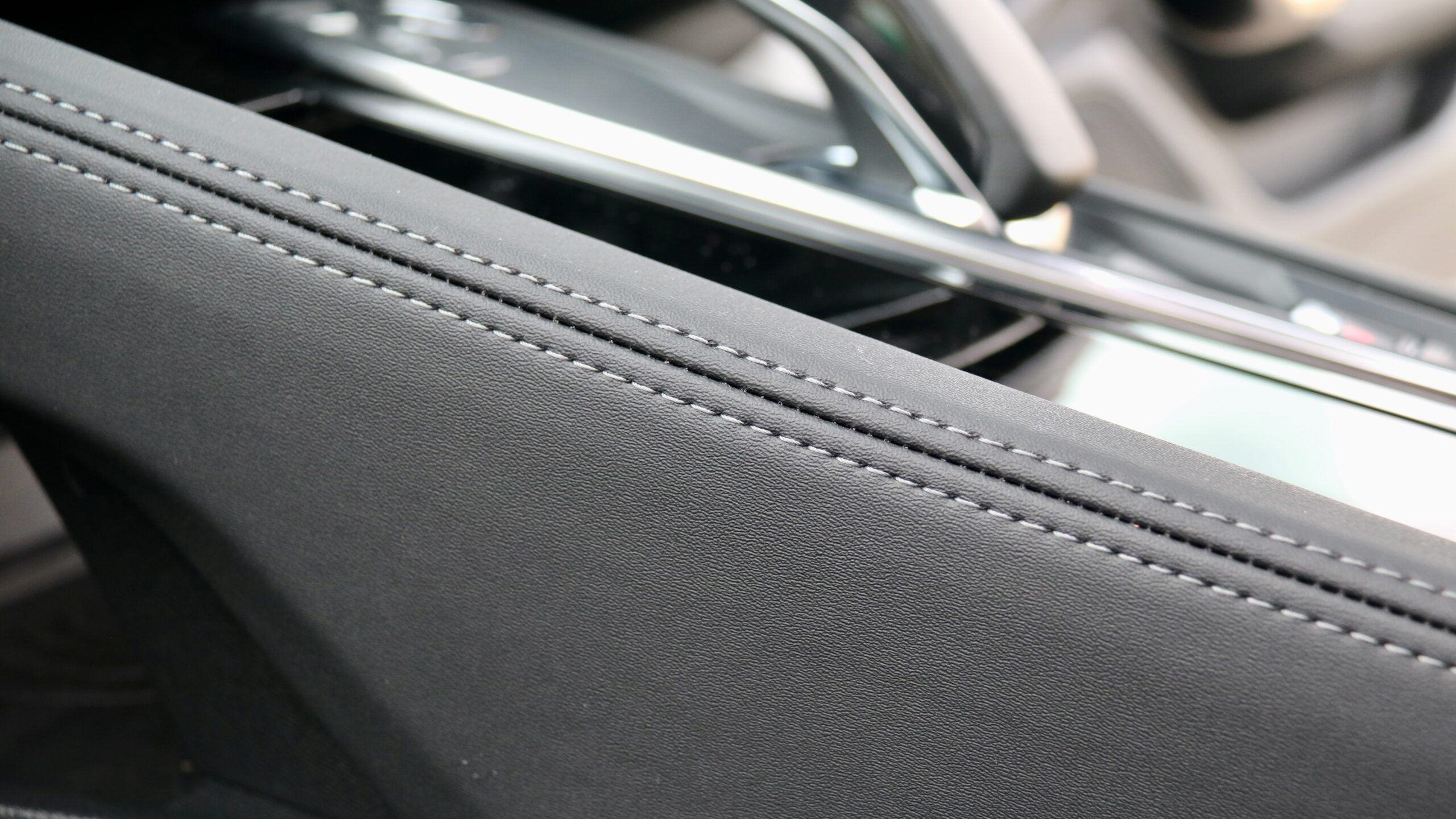
Unlike many French cars of the past, the 508 Sportswagon’s front cabin is actually quite practical. It features reasonable door pockets, a big bin underneath the centre armrest, reasonably big cup holders, a tray next to the gear selector, a big glovebox and a tray underneath the centre console.
The back seat of the 508 Sportswagon is not huge, it must be said, but it is quite comfortable. Two six-footers will be fine, but legroom is not plentiful. There’s a reasonable amount of features on offer: air vents, map pockets, door pockets and two USB charging ports, though no heated seats, separate climate zone or window shades.
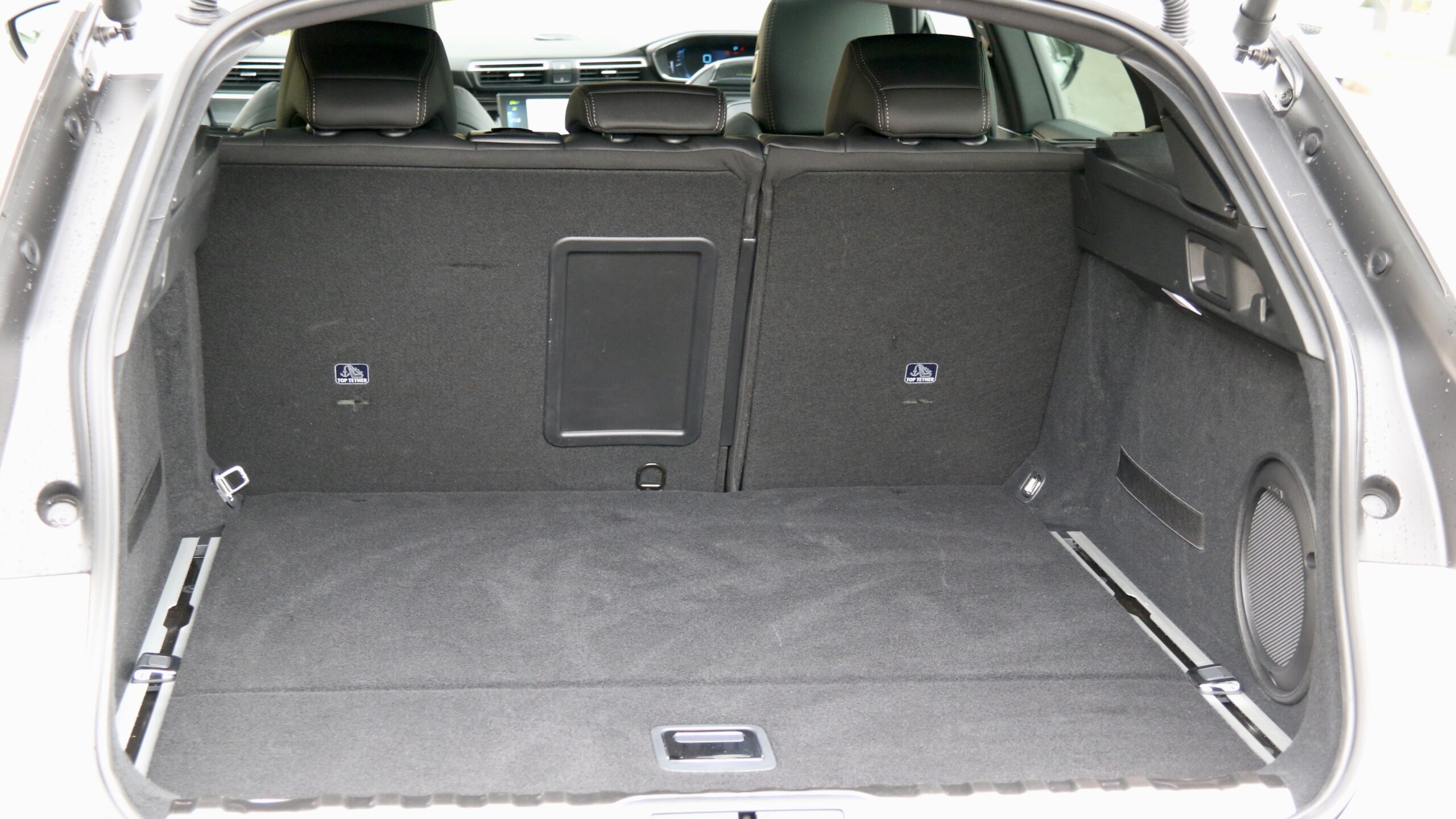
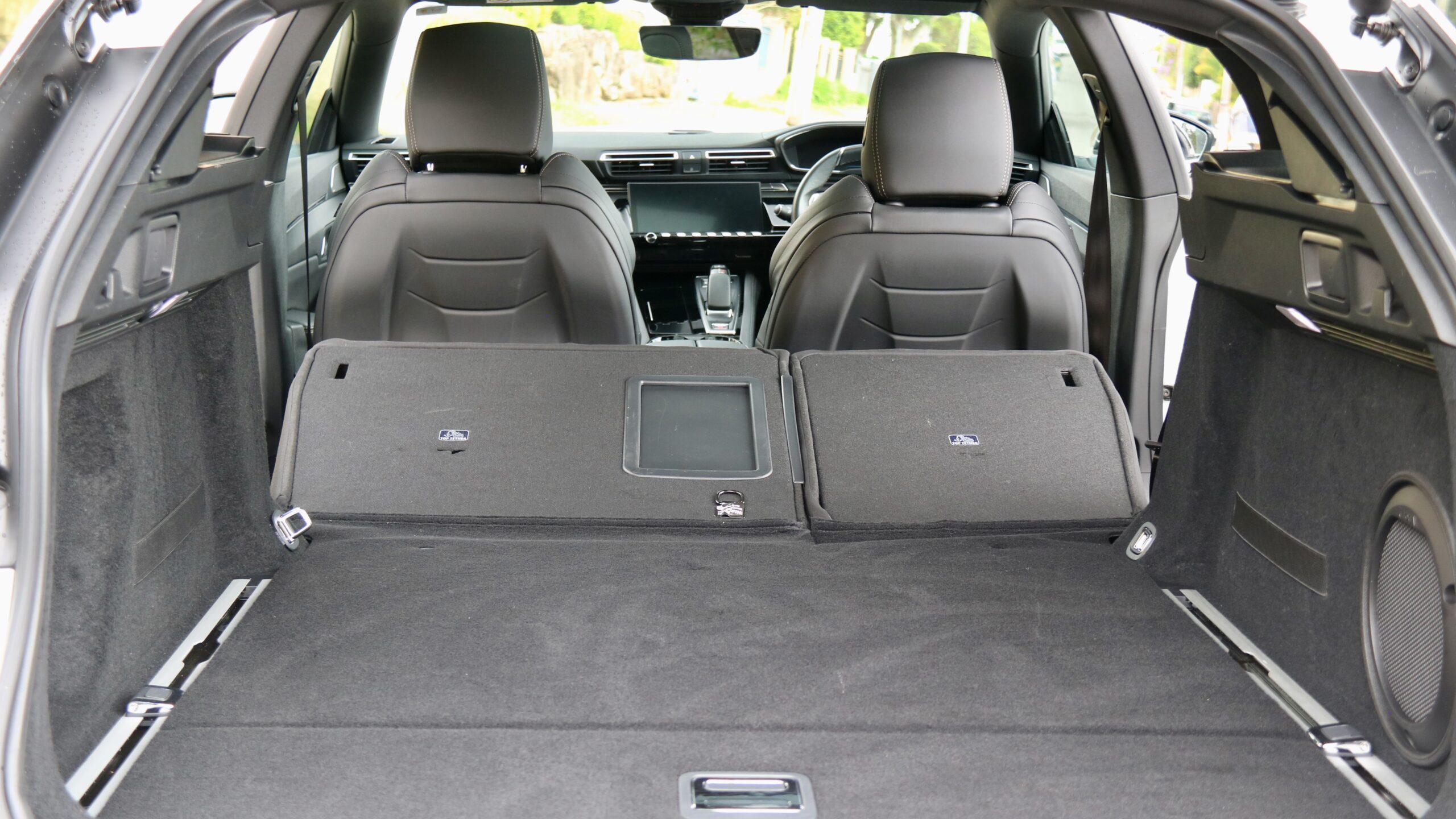
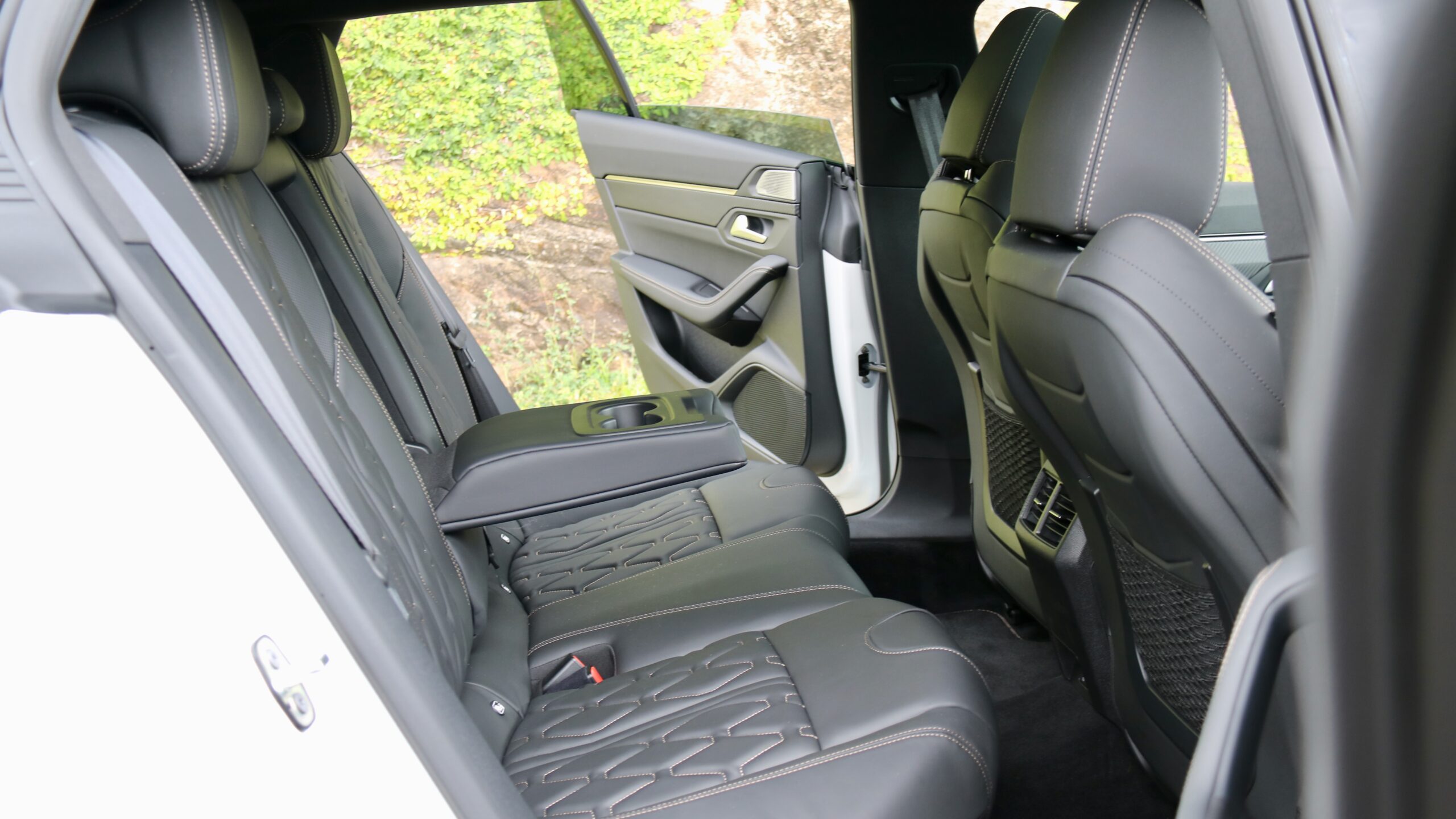
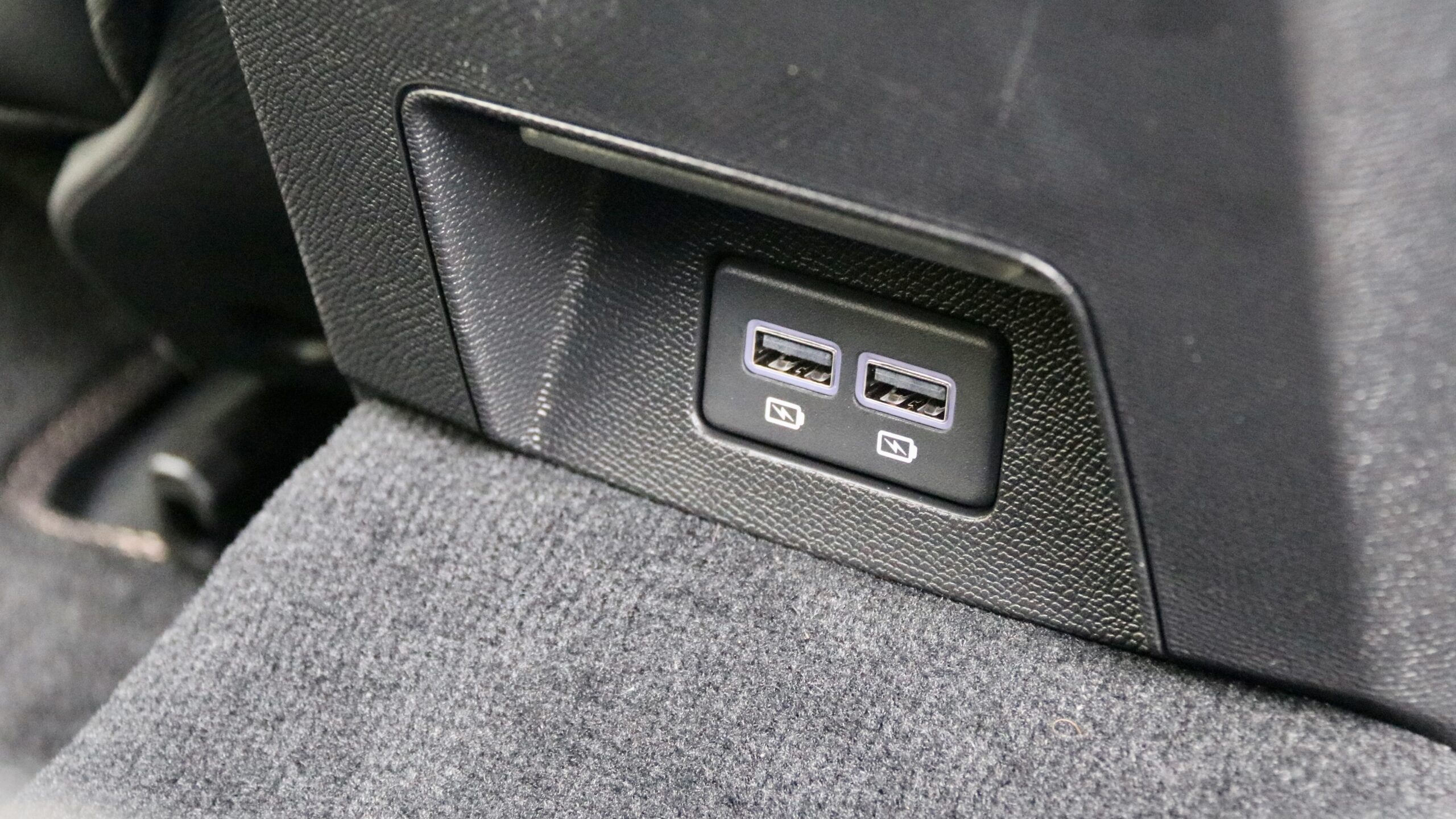
The boot of the 508 Sportswagon measures a healthy 530-litres with the rear seats up and 1,780L with them folded, which is identical to the regular 508 GT Sportswagon. The 508 also has bag hooks, underfloor storage, a 12V socket, a storage strap and releases to fold the seats, though – unlike the regular petrol model – no spare wheel thanks to the batteries underneath the boot floor.
What warranty covers the 2023 Peugeot 508 GT Sportswagon PHEV?
Like other new Peugeot models in Australia, the 2023 Peugeot 508 GT PHEV Sportswagon is covered by a five-year/unlimited km warranty with five years of roadside assistance. Its battery is covered by an eight-year/160,000km warranty as well.
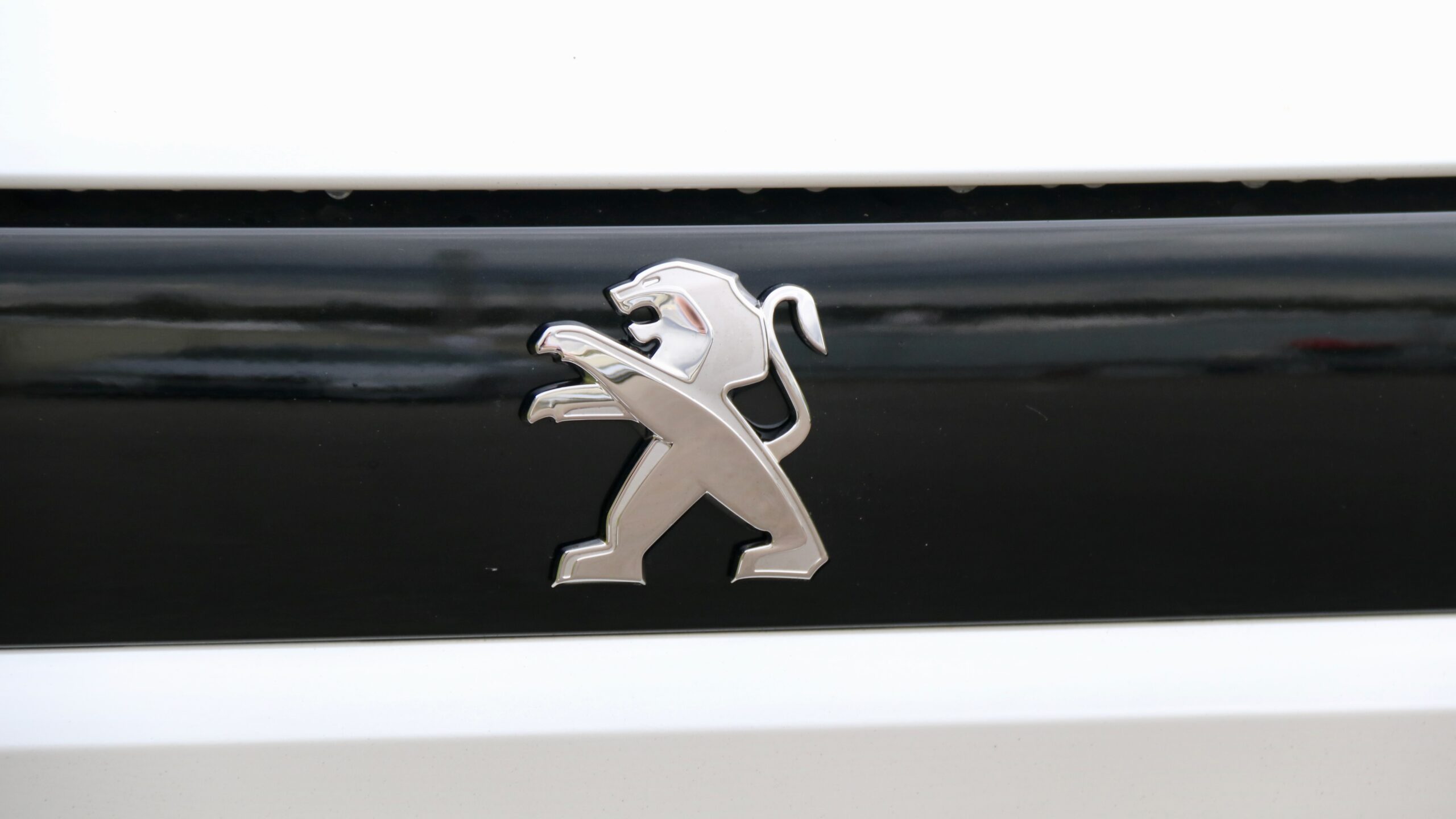
Like the petrol 508, the PHEV’s service intervals are once yearly/every 20,000km (whichever comes first), which is great for drivers who drive more than 15,000km annually. Five years/100,000km of servicing costs $3,009 ($602 per service), though buyers can choose a pre-paid service plan at the time of purchase for a much lesser $2,100 ($420 per service).
Should I buy a 2023 Peugeot 508 GT Sportswagon PHEV?
Is the 2023 Peugeot 508 GT Sportswagon PHEV the best plug-in hybrid wagon available on the Australian new car market? Undoubtedly yes, because it’s the only one you can buy. The French are no stranger to offering a niche product and the 508 GT Sportswagon PHEV is one of the best because it has a long list of attributes that we think that Australian families will like: good practicality, excellent quality and lots of standard equipment. It also drives well, offers a good all-electric range and good performance.
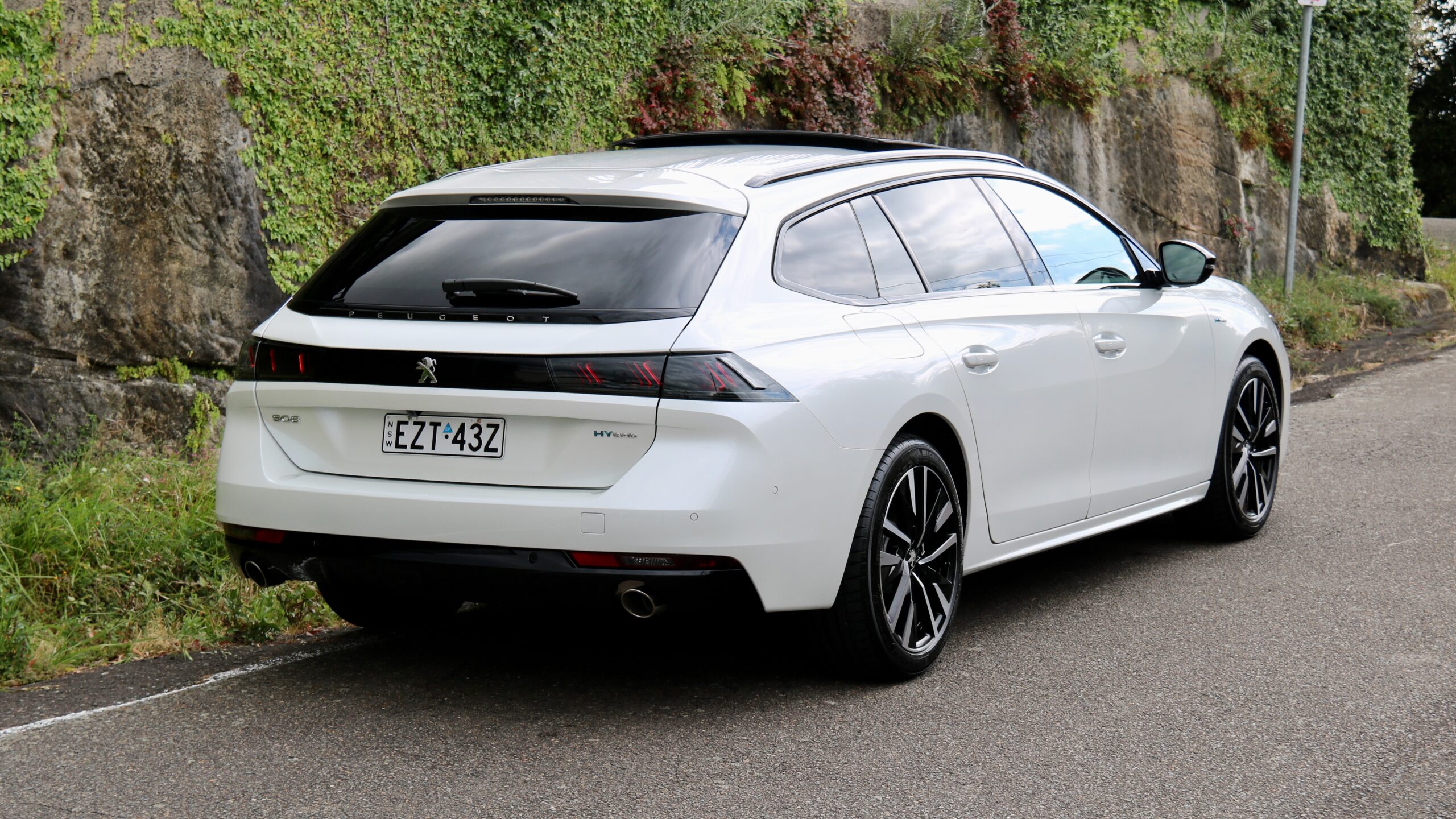
If you’re after a plug-in hybrid, should the 508 be on your list? Absolutely, especially given how cheaply it could be run under the federal government’s FBT exemption program. It’s also more practical and much nicer to drive than its SUV competitors, and better value for money than the BMW 330e. But there’s no doubt that almost $90,000 drive away is a lot of money, especially when a non-PHEV 508 could previously be bought for a lot less money. But if the 508’s value equation makes sense to you, it’s a great car that should be on your test drive list.
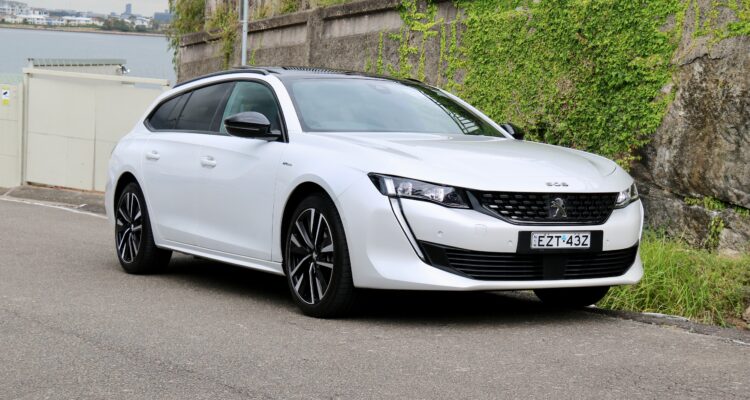
Leave a Reply